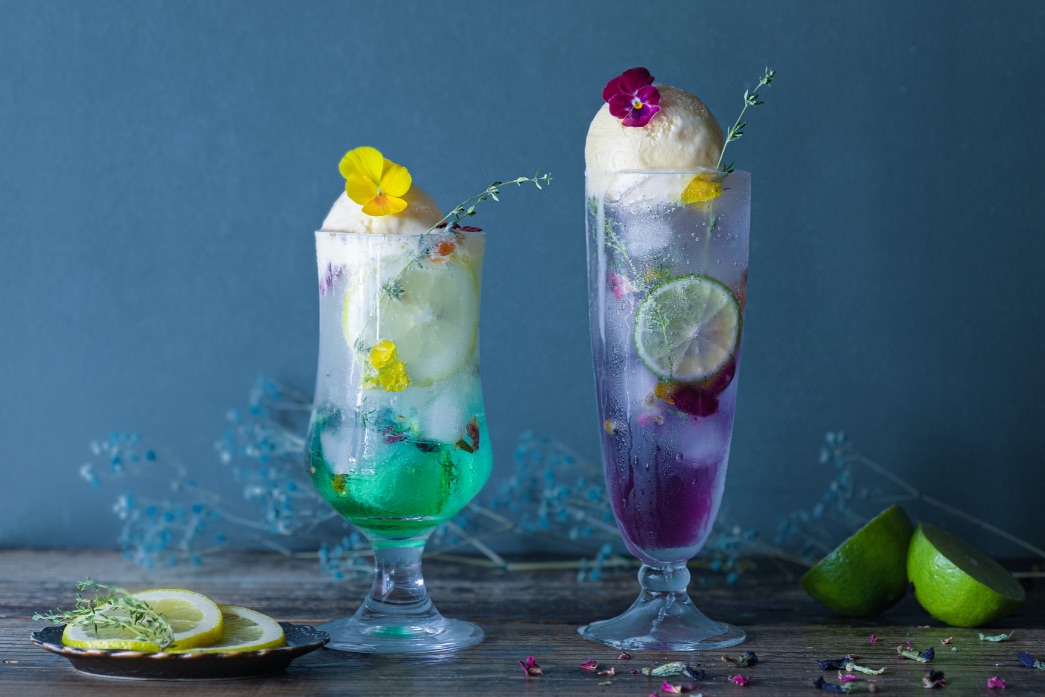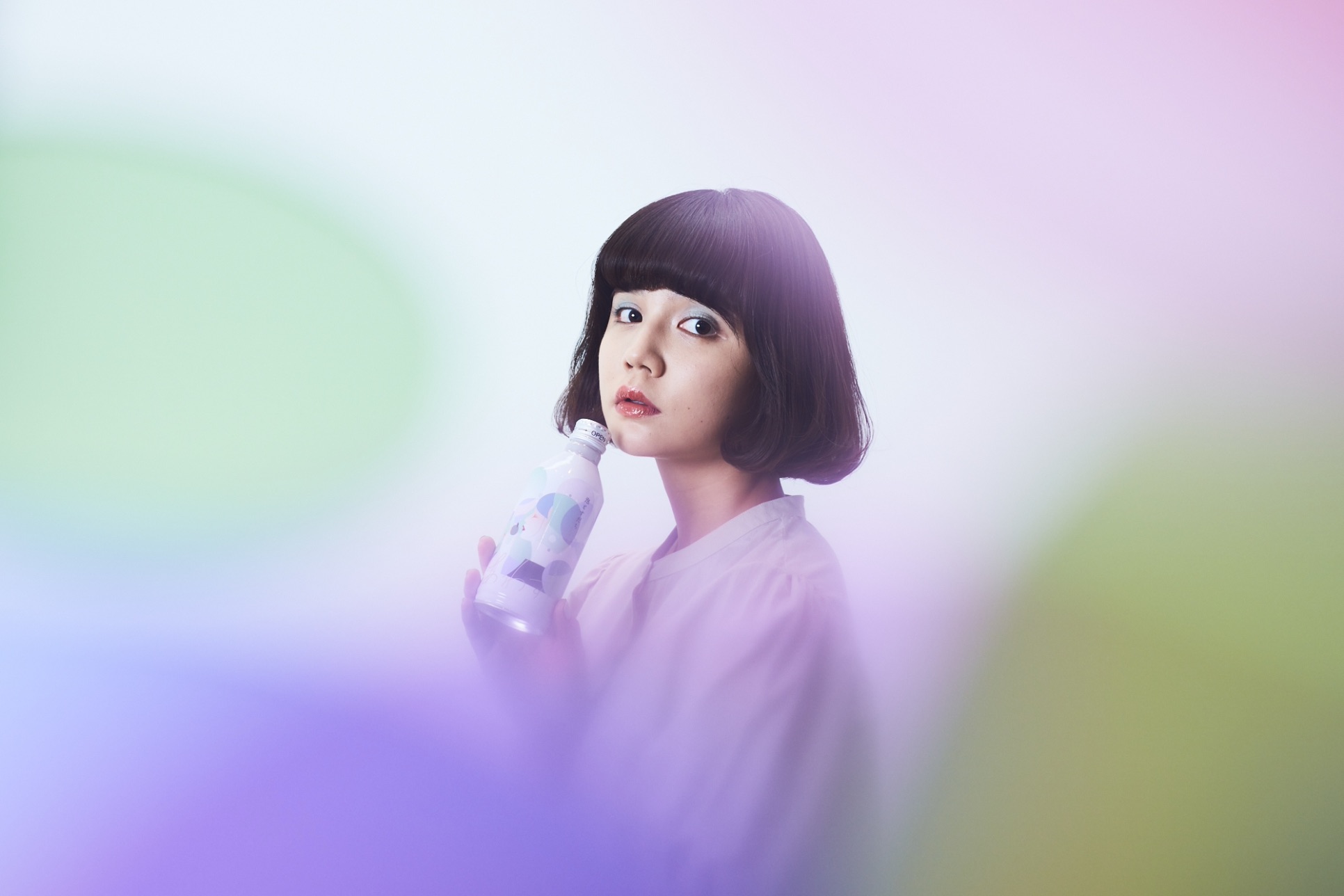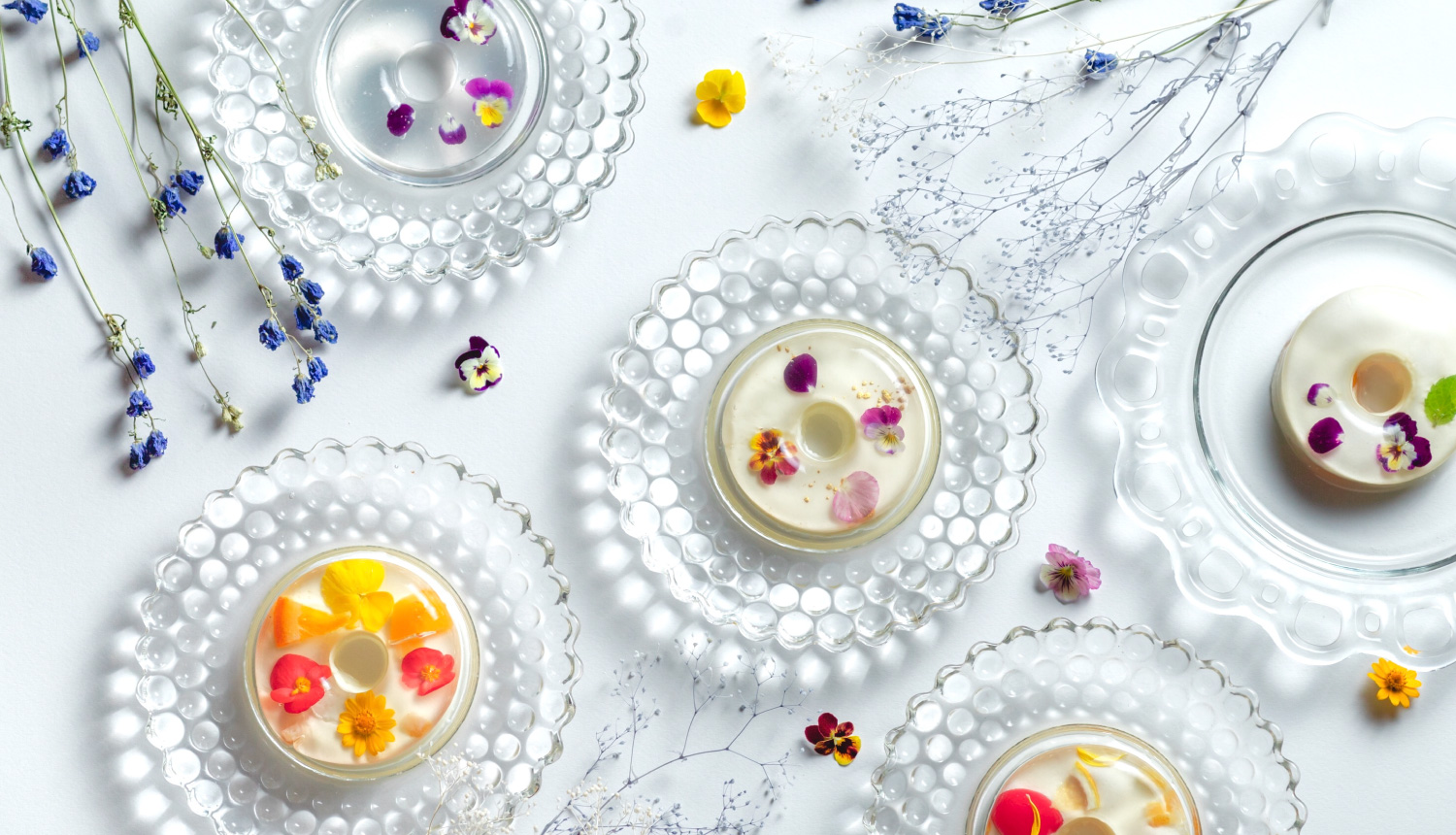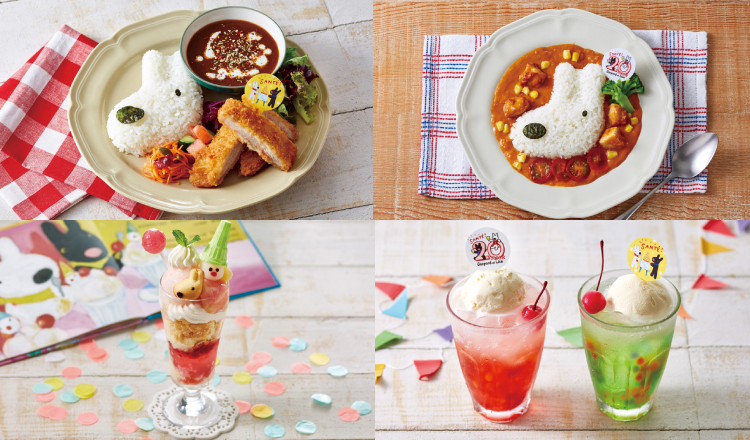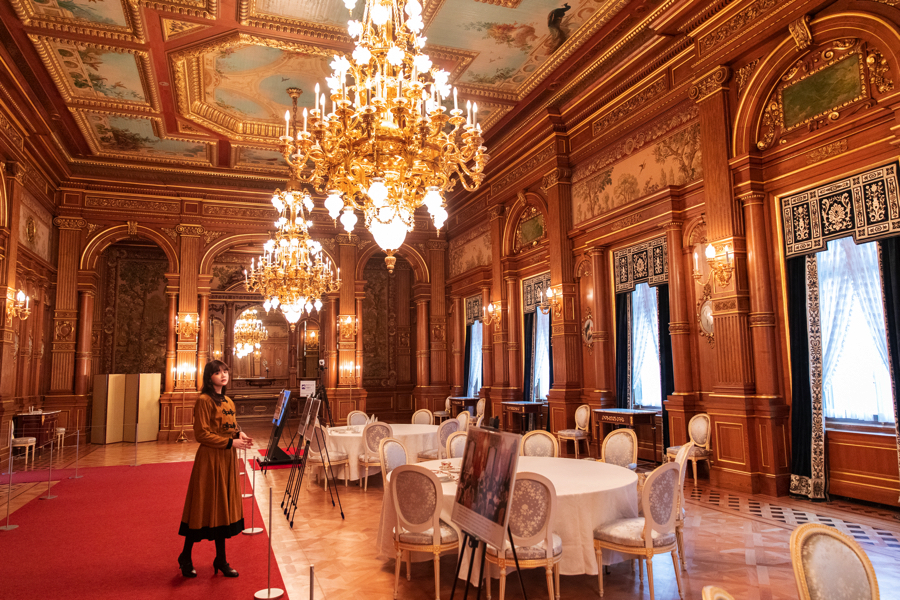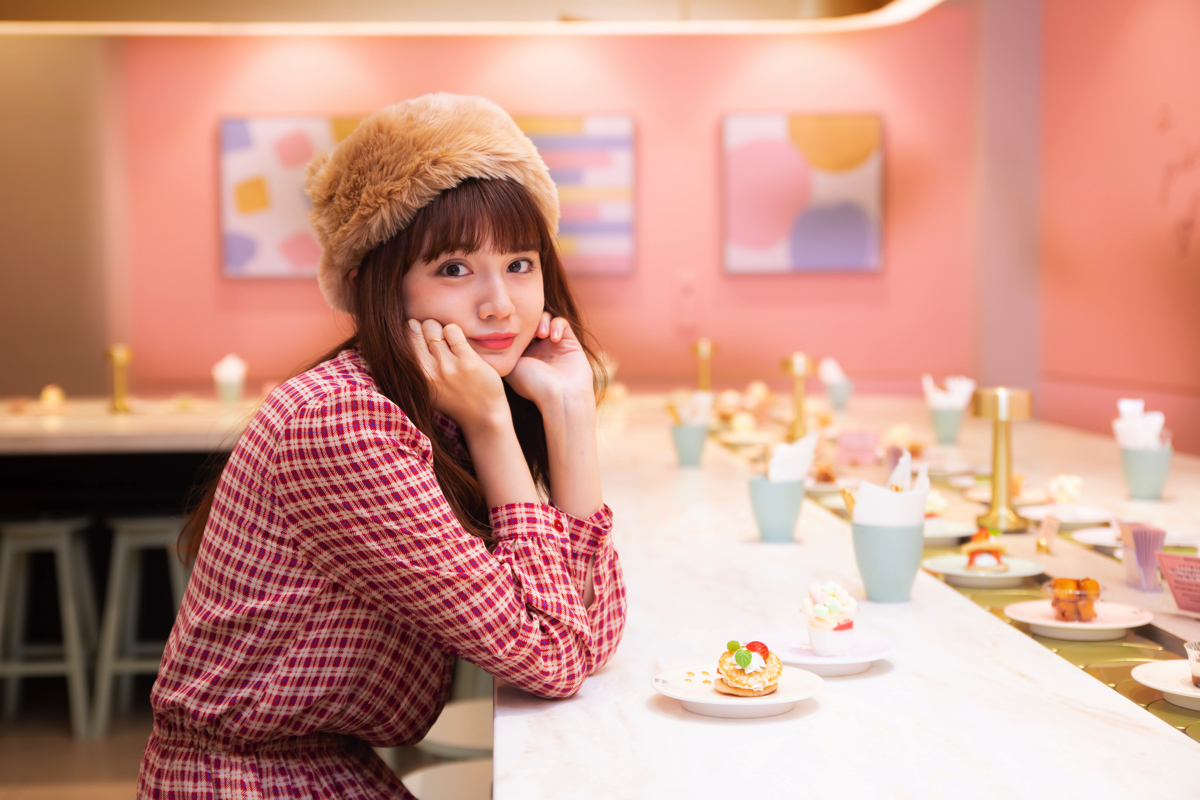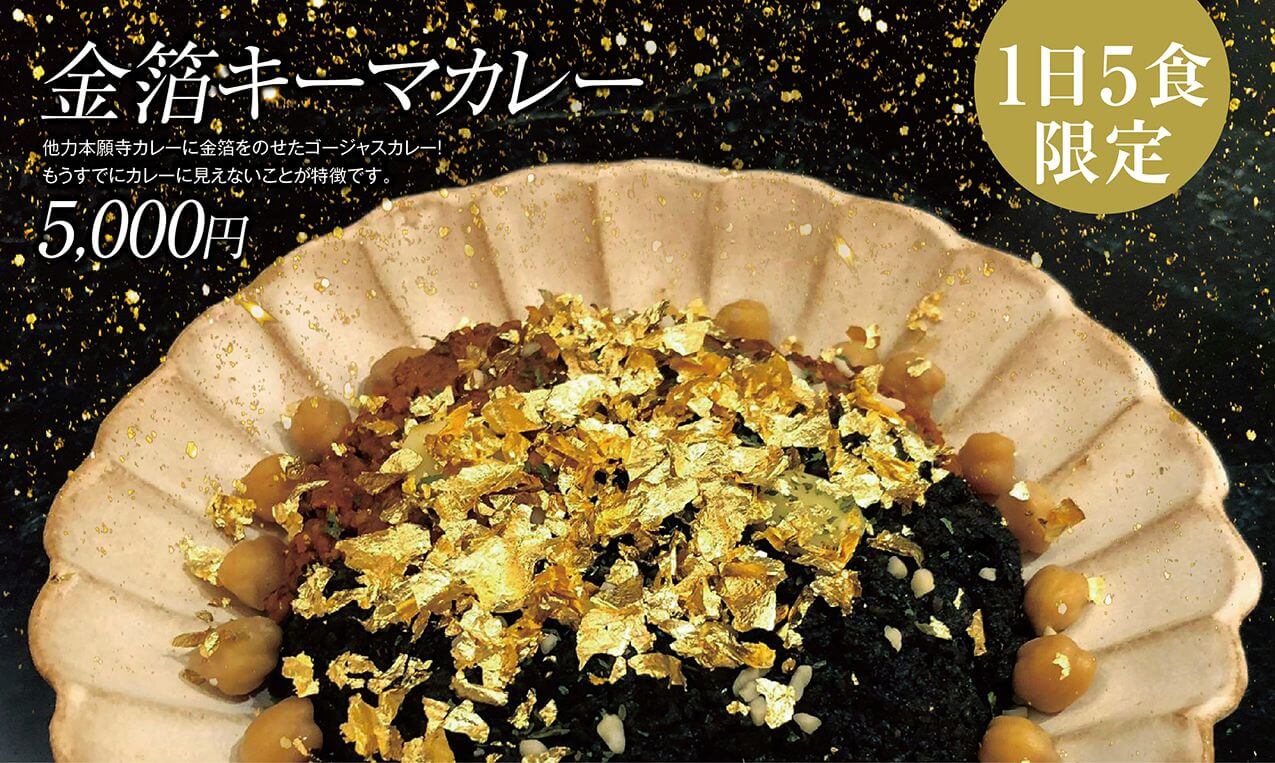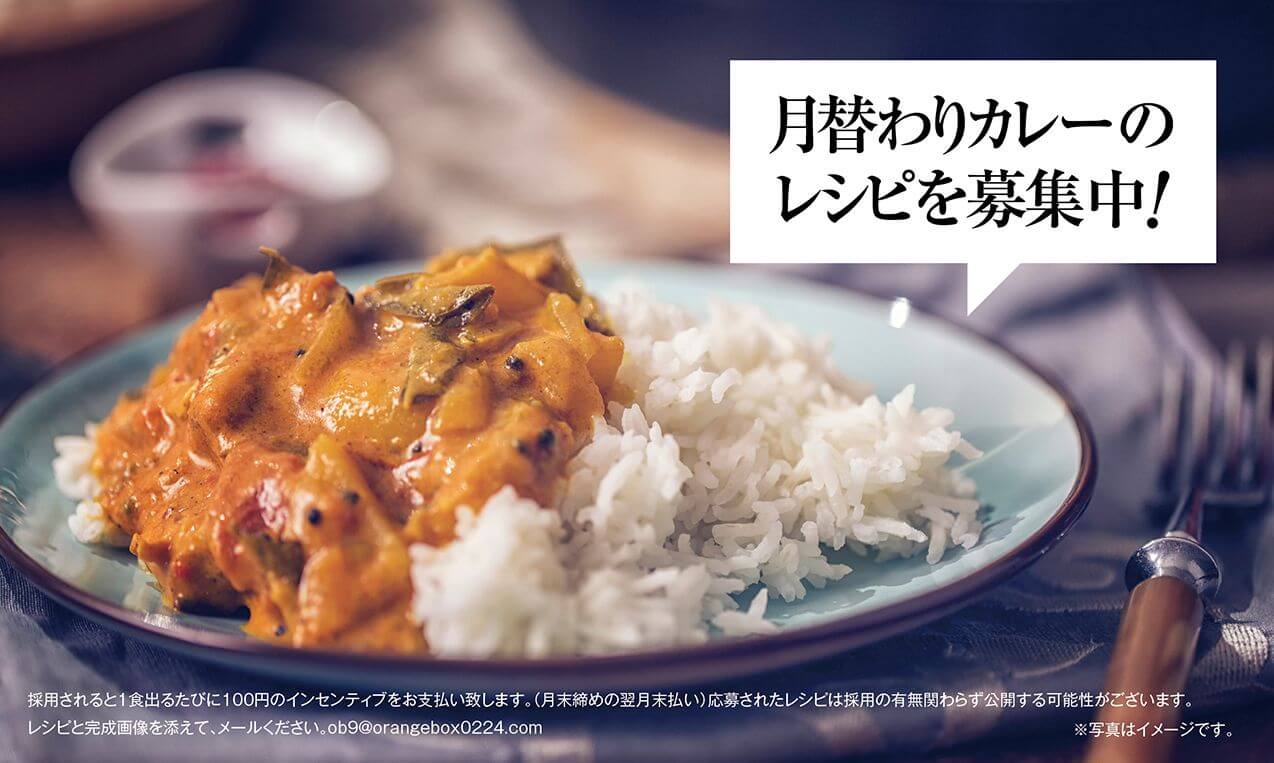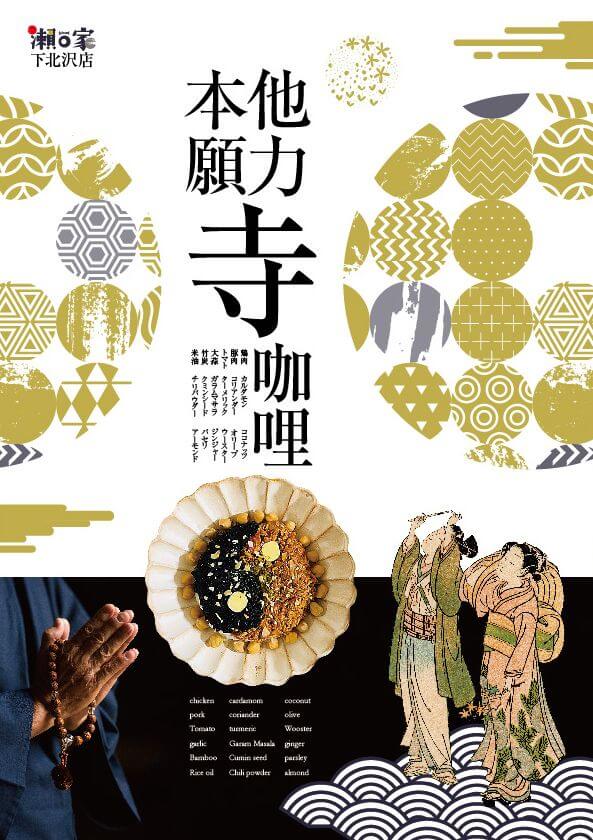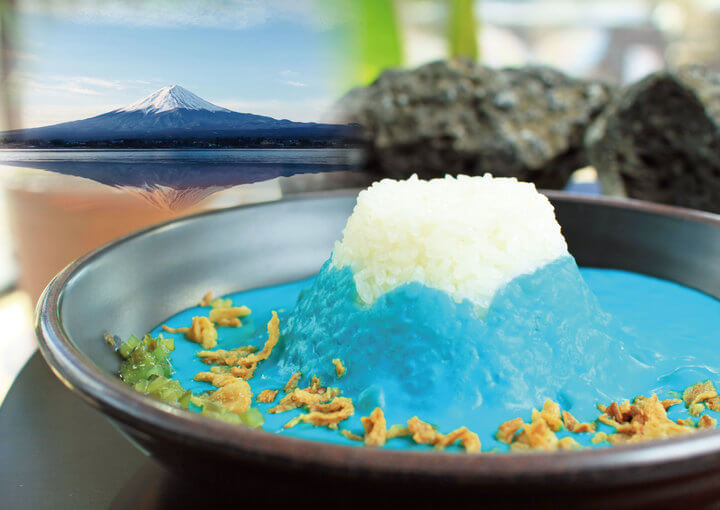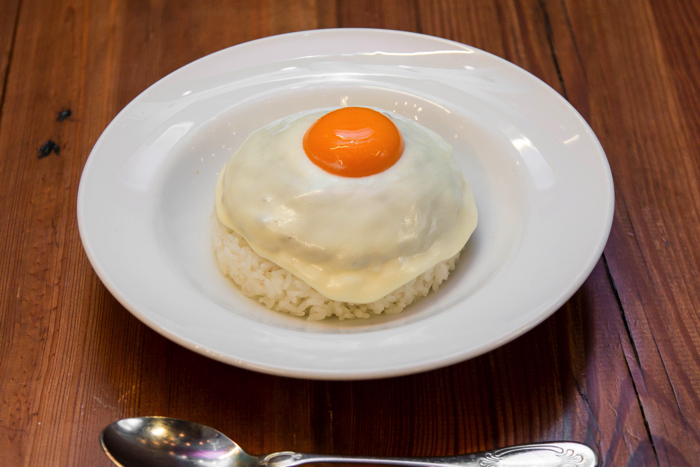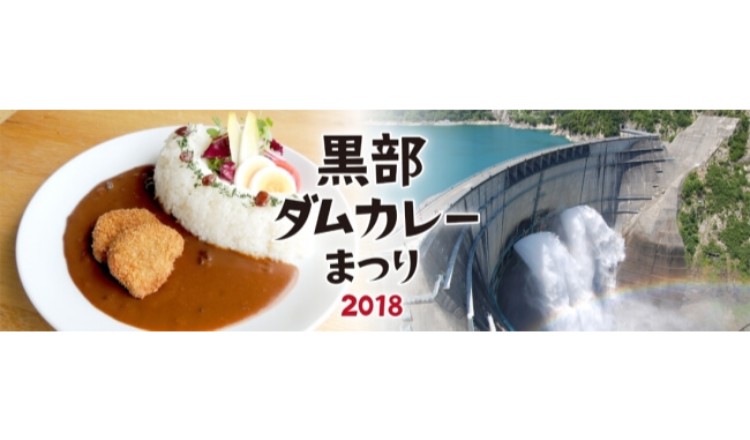Tokyo Dinner: HEIJITSU HIRU DAKE’s Curry in Kōenji is Served With Japanese Stock
Rinko Murata loves all types of curry. In this edition of Tokyo Dinner, she invites the person she wants to meet up with the most to eat the curry she’s been wanting to eat the most.
This month’s notable restaurant she stopped by was HEIJITSU HIRU DAKE in Kōenji, Tokyo. Their curry portions are generous and are good for the stomach and satiety center. They serve a curry flavoured with Japanese dashi, or ‘stock.’
How do you spend your early afternoons when you have time off? Lounging around at home with quality time to yourself sounds like a good plan. Definitely appealing.
But this is a rare opportunity. How about going on a little adventure to try something you can get a kick out of because it’s midday and a weekday?
I know the perfect curry house for your hungry selves. HEIJITSU HIRU DAKE.
As the Japanese name suggests, it’s a curry that can only be eaten at lunchtime, a mysterious dish that doesn’t appear on regular days off.
I land in Kōenji, a place I love the most. Even though iKōenji is Kōenji, the closest station to the restaurant is Higashi-Kōenji Station.
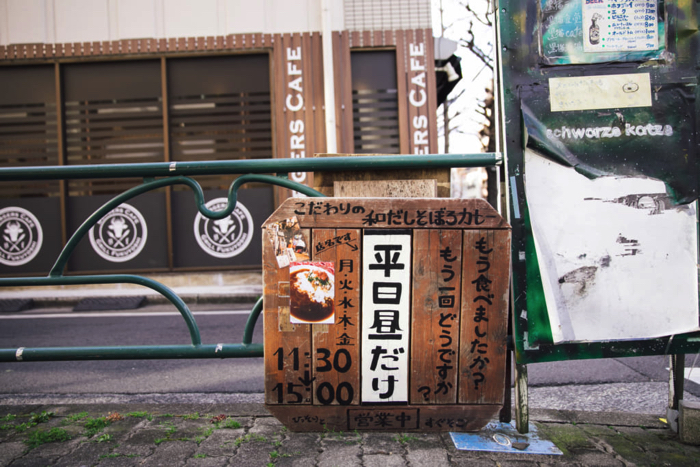
My vision is filled with all kinds of sights.
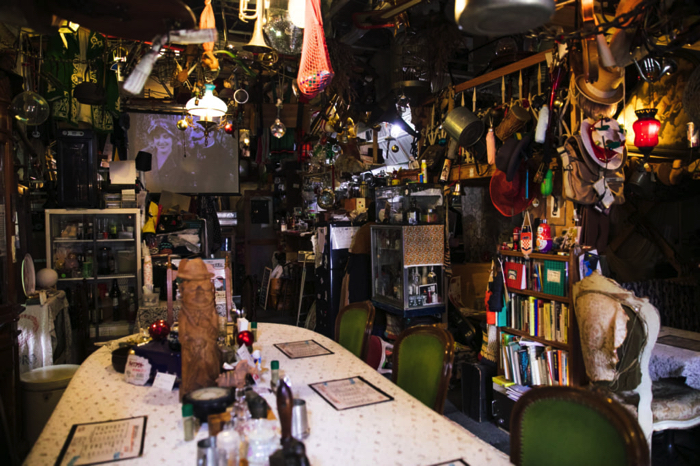
It’s like being lost in a treasure chest.
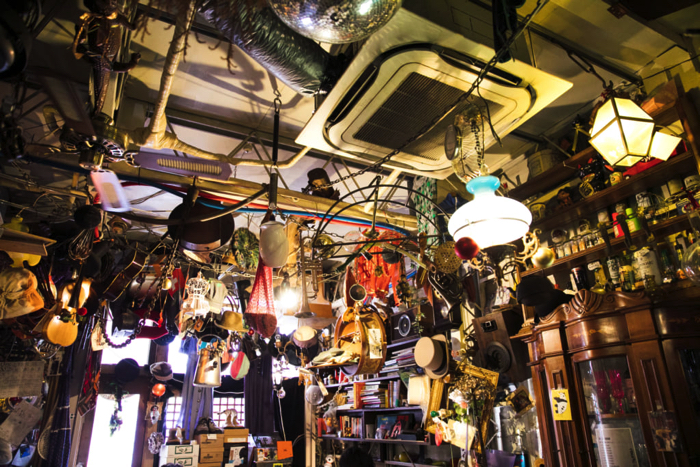
This place is actually normally a café and goes by the name Schwarze Katze. It’s open mainly on Friday night, weekends and holidays. “HEIJITSU HIRU DAKE” runs in a rented room in the café and and is open when the café is. It’s kind of luxurious to have the chance to eat my favourite food (curry!) in a place like this.
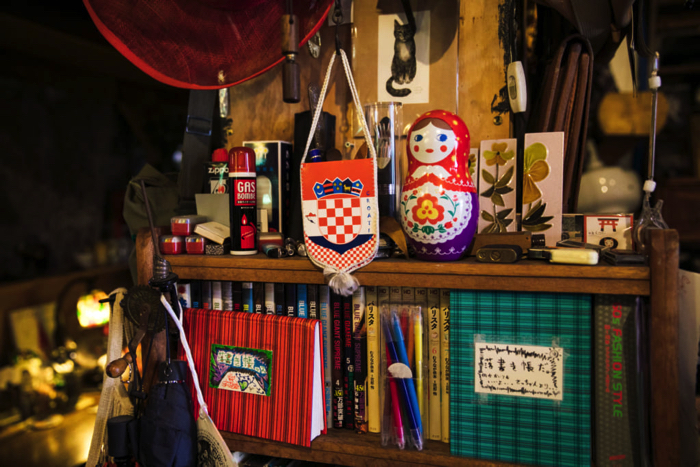
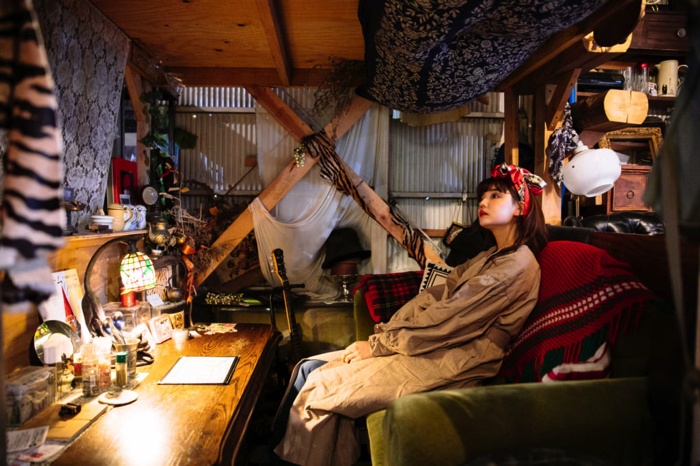
My heart desires the Wadashi Soboro Curry (¥980) that I mentioned earlier. It also comes with self-service coffee for after your meal. For toppings you can choose whatever you like. Since I was there and didn’t want to get lost on what to pick, I went for all the toppings (¥300).
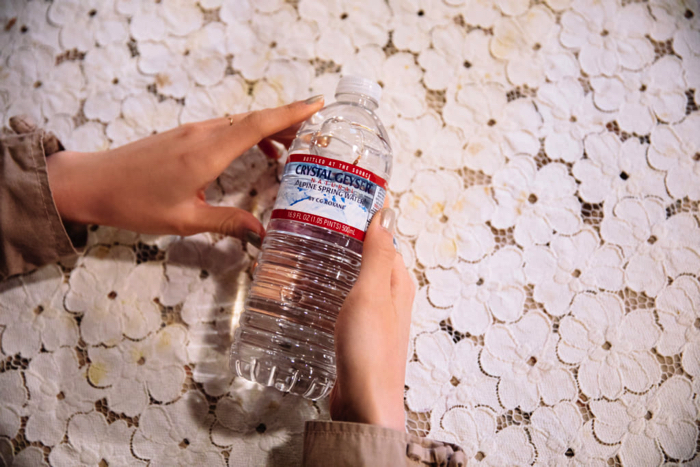
The water I ordered comes in a plastic bottle. The tables have antique displays. Everything on them was wonderful.
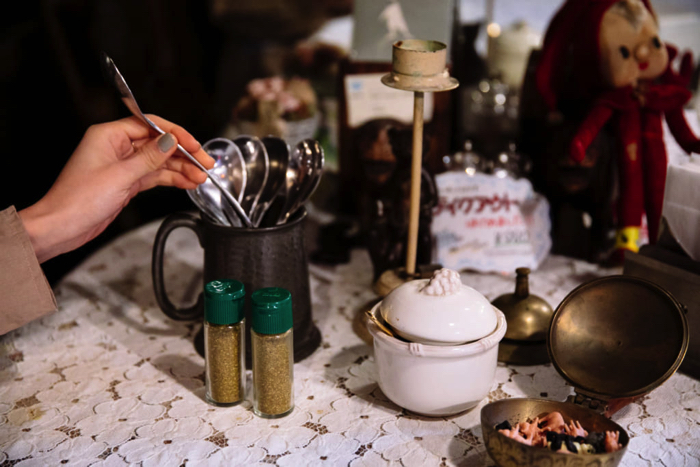
The air was clad in that rich, familiar scent of curry, a special one that I would never get to eat had I not come here.
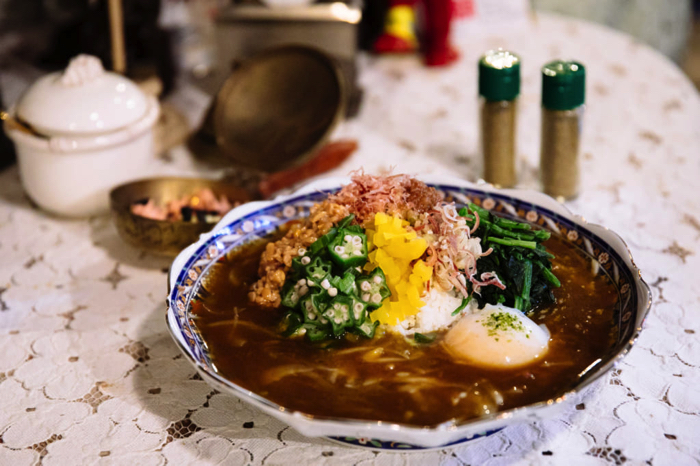
The instant I hold the curry in my mouth the delicious flavour of the dashi sparks in my mouth like fireworks. The broth has a slight thickness to it and a strong, deep flavour that fades into a soft aftertaste on the tip of your tongue. It’s not at all spicy, and the goodness of the dashi is luxurious like being escorted by a gentleman. And I can’t forget the smell.
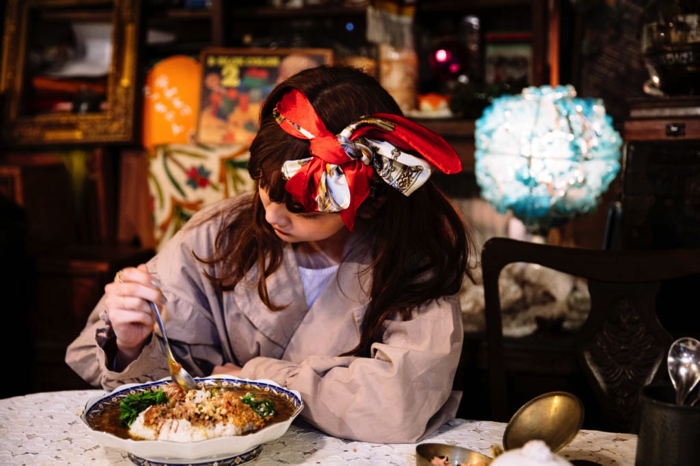
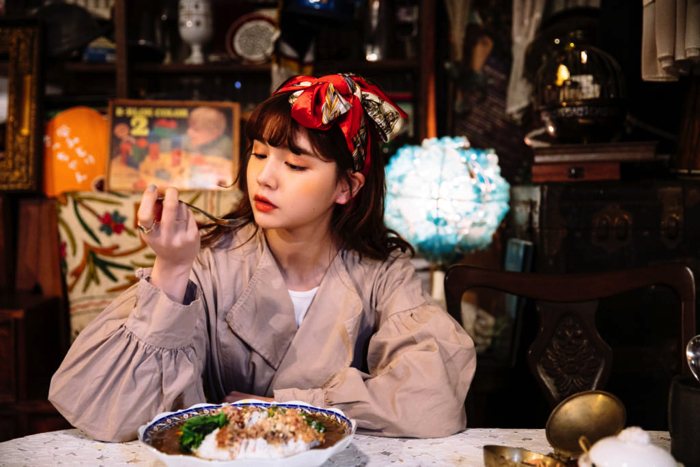
My taste buds throb at this new sensation.
Like its name suggests, this is a dish where the Japanese dashi stands out above the ingredient crowd. The restaurant owner has gathered much experience in the kitchen from traditional Japanese cuisine to sushi, ramen, yakiniku, izakaya style and so on. He encountered this place by chance, and with one look he said to himself, “I want to try doing curry.” The Wadashi Soboro Curry came about through his gained culinary experience combined with the aesthetics of the café.
To bring out the full flavour of the dashi so it isn’t drowned out by the curry spices, the owner uses two types of skipjack tuna, kombu, dark sleeper, and dried sea slug, as well as a type of soy sauce called Kaeshi. 15 more ingredients are blended together to create the spices, creating deep and delicate flavours.
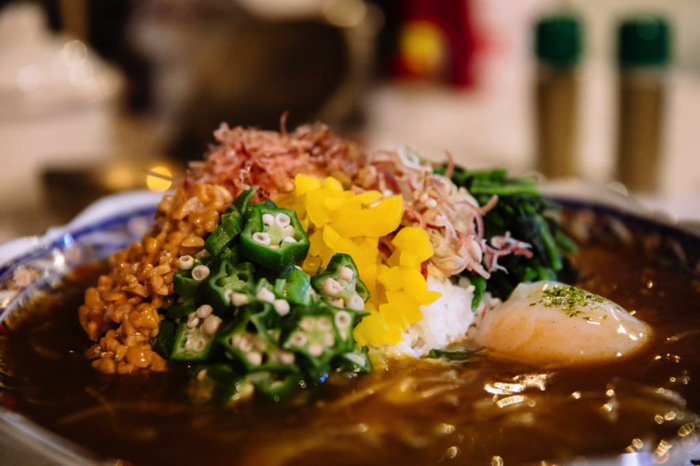
Now it’s time for a session with the mountain of ingredients I greedily asked for. It’s enshrined with classics like meat soboro, beefsteak, agedama, bonito flakes, and dried plum in addition to pickled daikon radish, crushed natto, Japanese ginger, and okra. The spinach and onsen tamago egg sit at the foot of the mountain and create a new culinary sight.
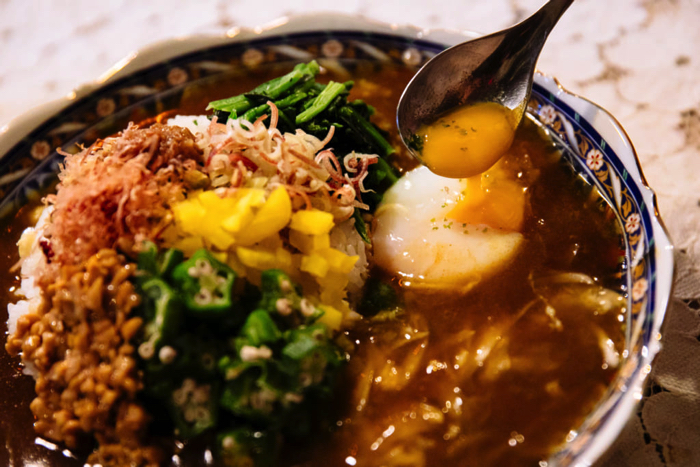
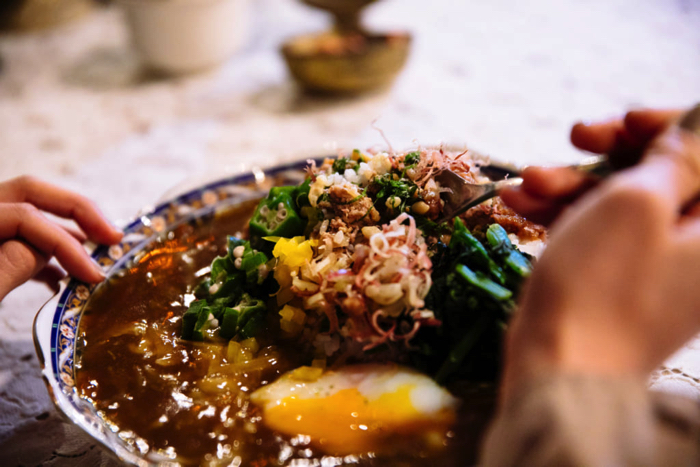
The base of the dashi is mobilized with a force of Japanese ingredients with a smell and flavour and that comes together harmoniously in your mouth. I’m spellbound by the flavours that stand out coupled with the pleasant textures of the agedama, daikon and ginger.

Hey, I must have hit every ingredient in there. All correct.
I added a sprinkle of pepper that was on the table and create yet another refreshing aromatic veil.
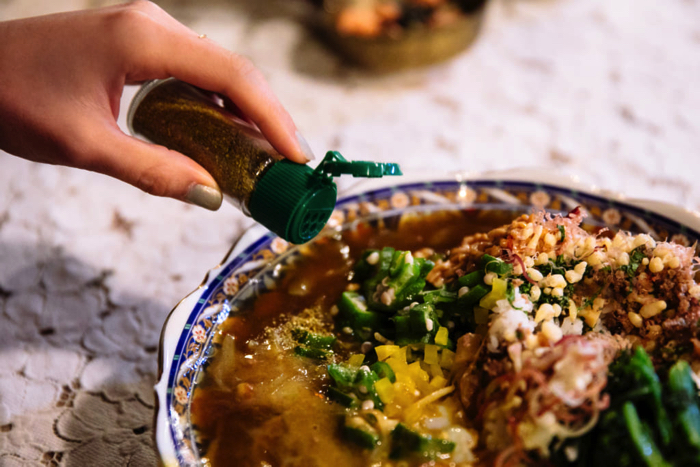
The compatibility of the pepper with the dish works so well precisely because it uses a Japanese dashi. Wadashi, or Japanese broth, is a staple of Japanese cuisine. The curry and Japanese soul carved into this dish resonates with me. It’s my first time eating it, yet I’m still filled with a sort of nostalgia―a warm embrace.
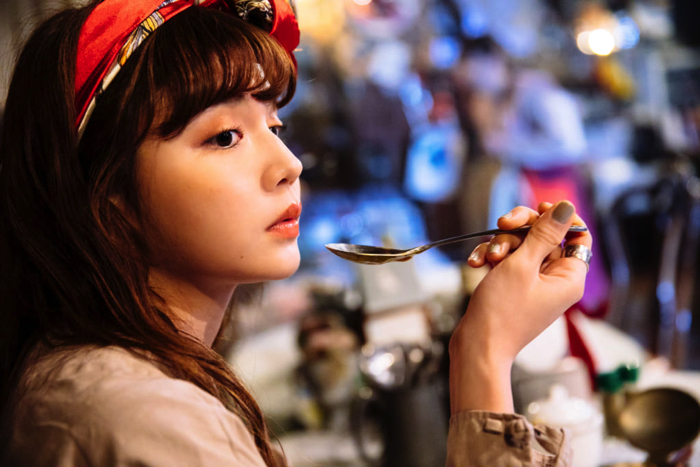
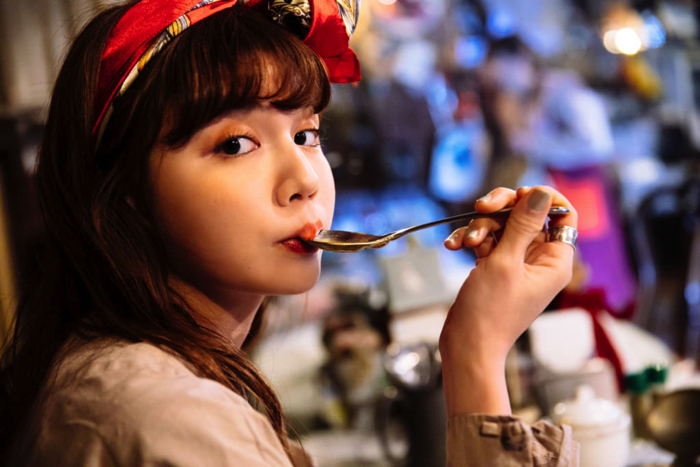
I also understand why when the shop opens, the customers in the café stand up and change with the next line of customers. The owner has a wonderful sensitivity, and has worked out a way to put his own matchless warmth into each and every bowl. I caught sight of his gentle smile as he was cooking in the kitchen. It left an impression on me.
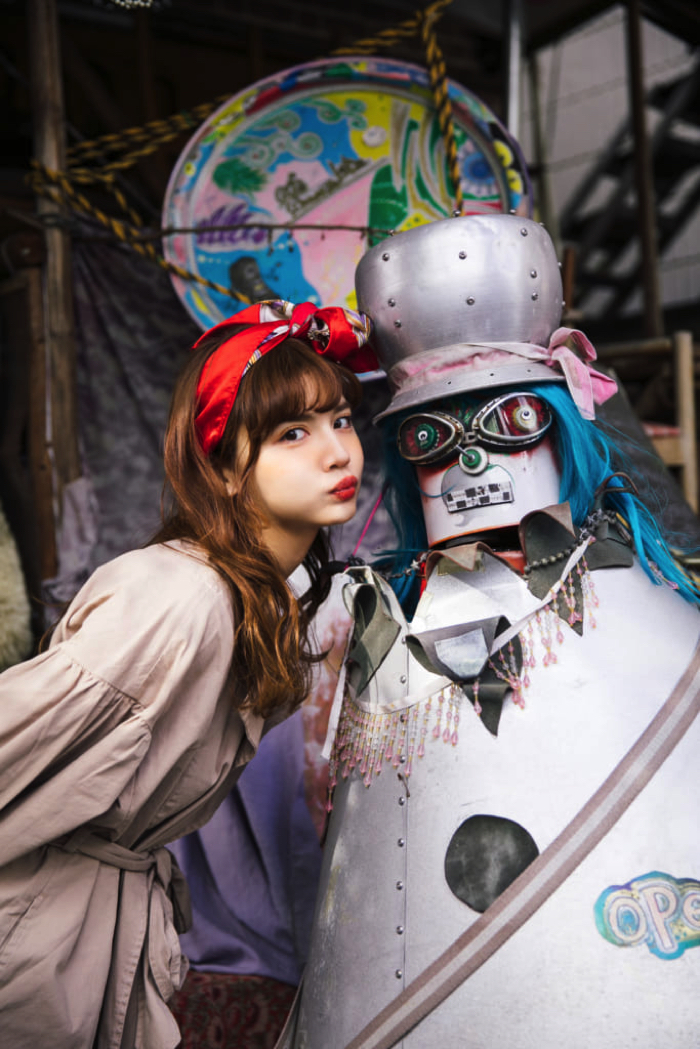
What a delicious curry to enjoy in such a wonderful place. All five of my senses have reached peak happiness. I grab my post-meal coffee and head onto the streets of Kōenji.
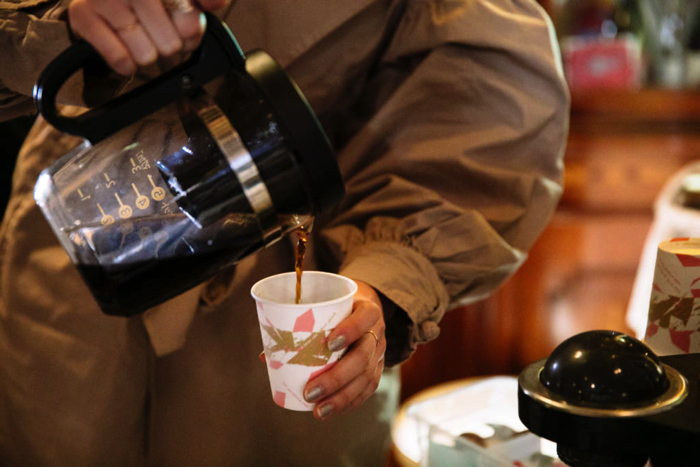
What a wonderful weekday afternoon.
Text:Rinko Murata
Photo:Kayo Sekiguchi
Edit:Miiki Sugita
Translator: Joshua Kitosi-Isanga
Information
HEIJITSU HIRU DAKE
Address: 1-21-21 Umezato, Suginami, Tokyo
Opening Hours: 11:30-15:00 (Weekdays Only)
Official Twitter: @Heijitsuhirudake
RELATED ENTRIES
-
Autumn Flower Topped Cream Sodas Served at Floral Cafe and Bar HANABAR in Koenji
31.August.2020 | FOOD
HANABAR, a floral themed cafe and bar in Koenji, Tokyo, released two breathtaking new cream sodas on Friday which capture the sentimental feeling of summer transitioning to autumn.
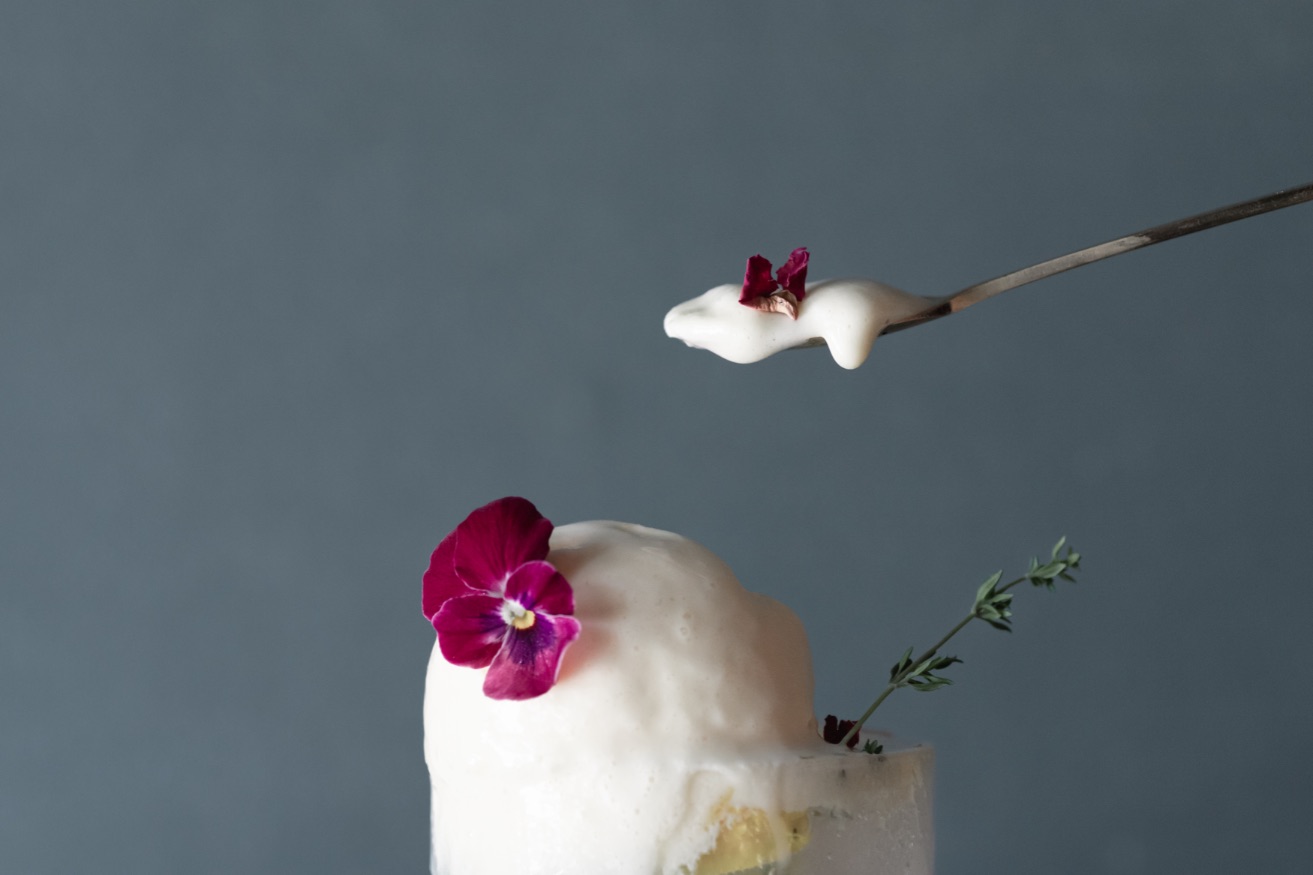
HANABAR opened in September 2017 as Japan’s “first dried flower cafe.” A sister store, gmgm, opened last year selling gorgeously gourmet doughnuts topped with dried flowers. Both stores as produced by Nana Yui, a dried flower artist.
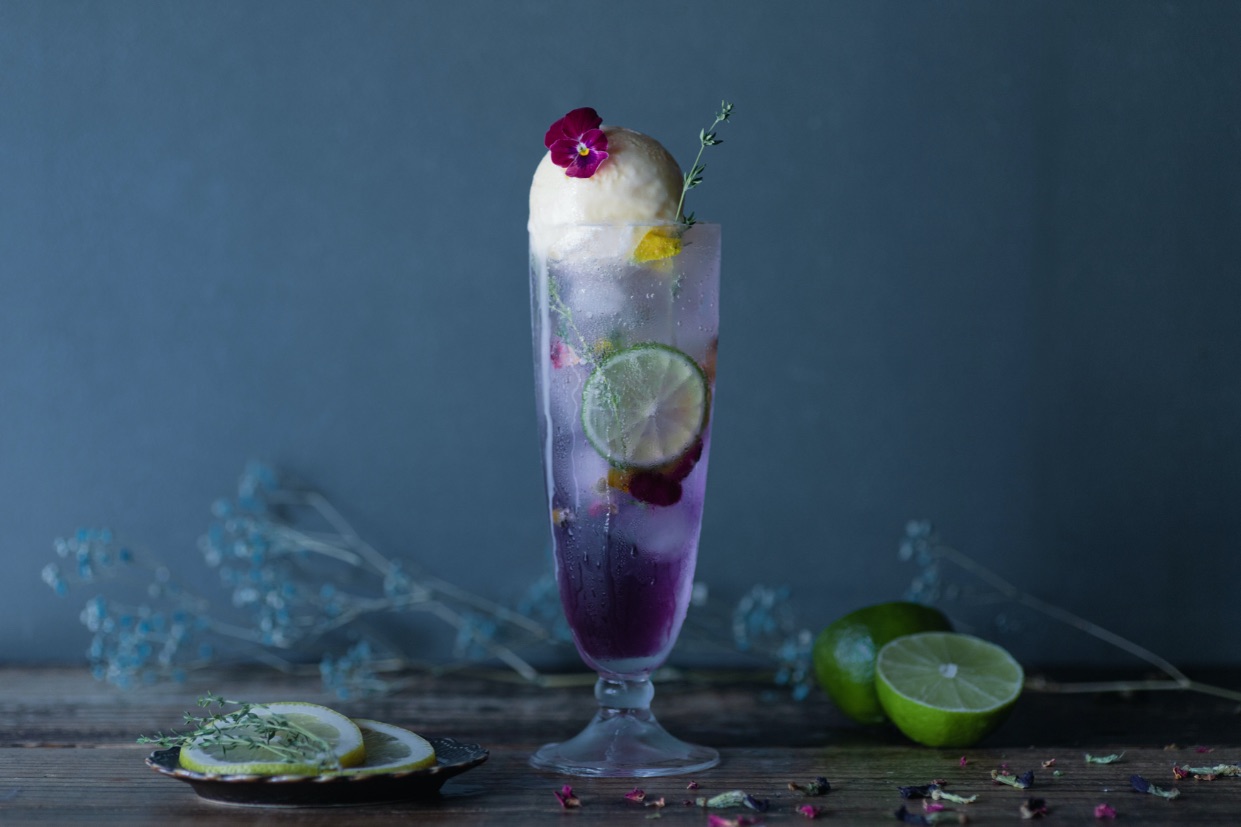
Lavendel | ¥1,100
Coloured an eye-catching purple, this autumn-time cream soda is made with lavender, butterfly pea, and lime.
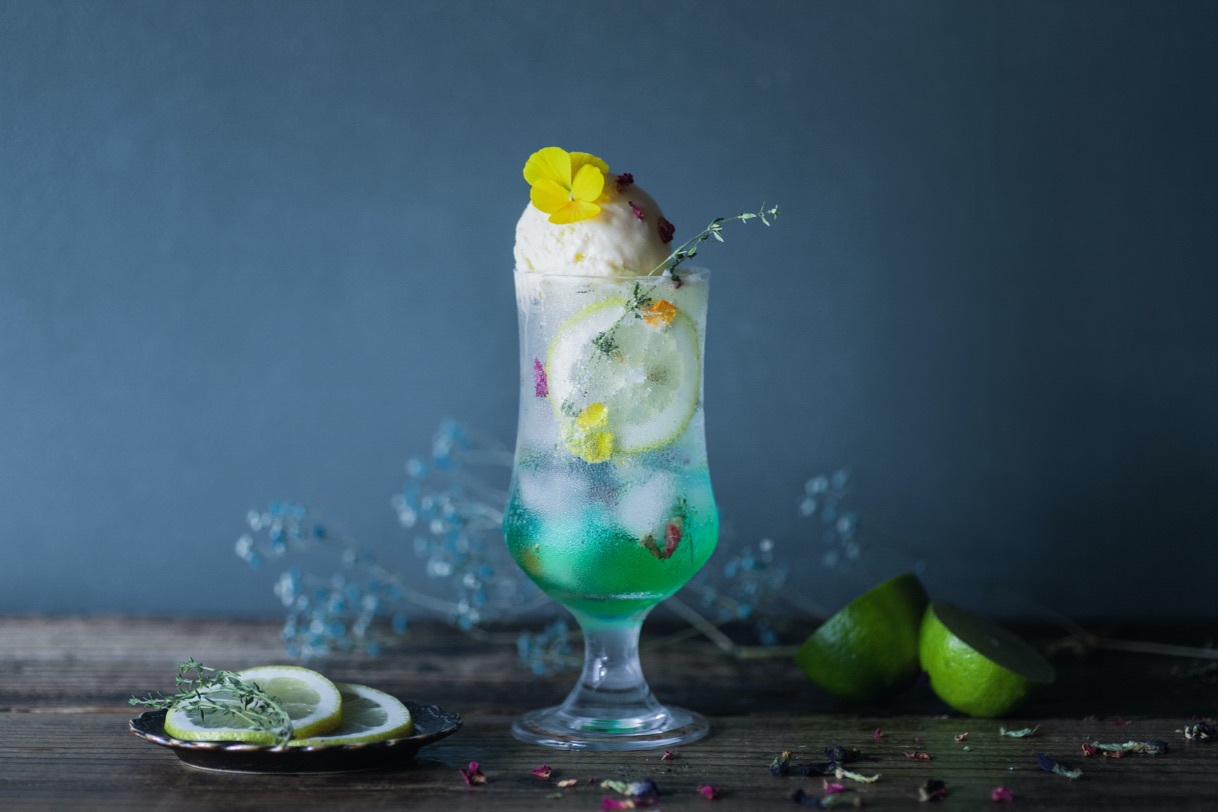
Aimatsurika | ¥1,100
A refreshing mix of jasmine, grapefruit, and lemon topped with sweet ice cream that has a citrus fruit aftertaste.
The flowers draped inside the ice are all elderflower which has high nutritional value.
Beat the Japanese heat this summer in Tokyo with one of these tantalising cream sodas.
Information
Floral Autumn Colour Cream Sodas
Serving: August 28, 2020 – Late October 2020HANABAR
Address: 3-30-6 Nishi-Ikebukuro, Toshima-ku, Tokyo
Opening Hours: 12:00-22:00
No Fixed HolidaysOfficial Website: https://www.hanabar.tokyo/
-
Rinko Murata Produces Sparkling Sudachishu Japanese Sake ‘Awasu’
07.August.2020 | FOOD
Liquor Innovation released a new sparkling sudachishu Japanese sake called ‘Awasu’ over on the Japanese online sake store KURAND today. Available as made-to-order only, the sake will be shipped out to customers in Japan at the beginning of September.
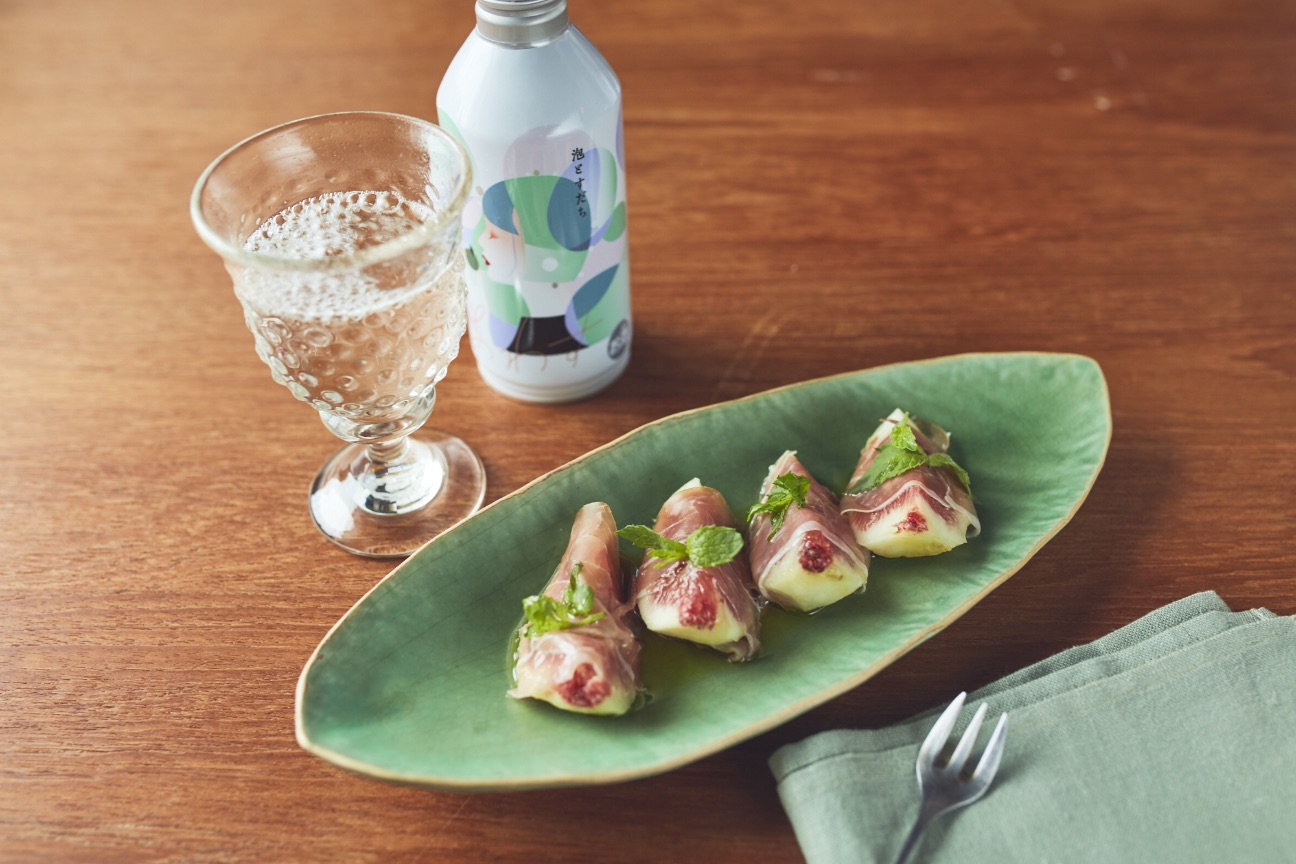
Awasu is a sparkling sudachishu—a type of liquor similar to umeshu—produced by Japanese model and brand director Rinko Murata. The beverage is made with lots of sudachi, a type of Japanese citrus, sourced from Tokushima Prefecture, which adds an extra layer of freshness to the sparkling factor as well as a sour kick. And it’s not just the juice of the fruit that is used—the skin is too. Sudachi is an all-purpose ingredient that goes hand in hand with many dishes, whether it be traditional Japanese food, more modern food, or snacks, adding a refreshing taste to them.
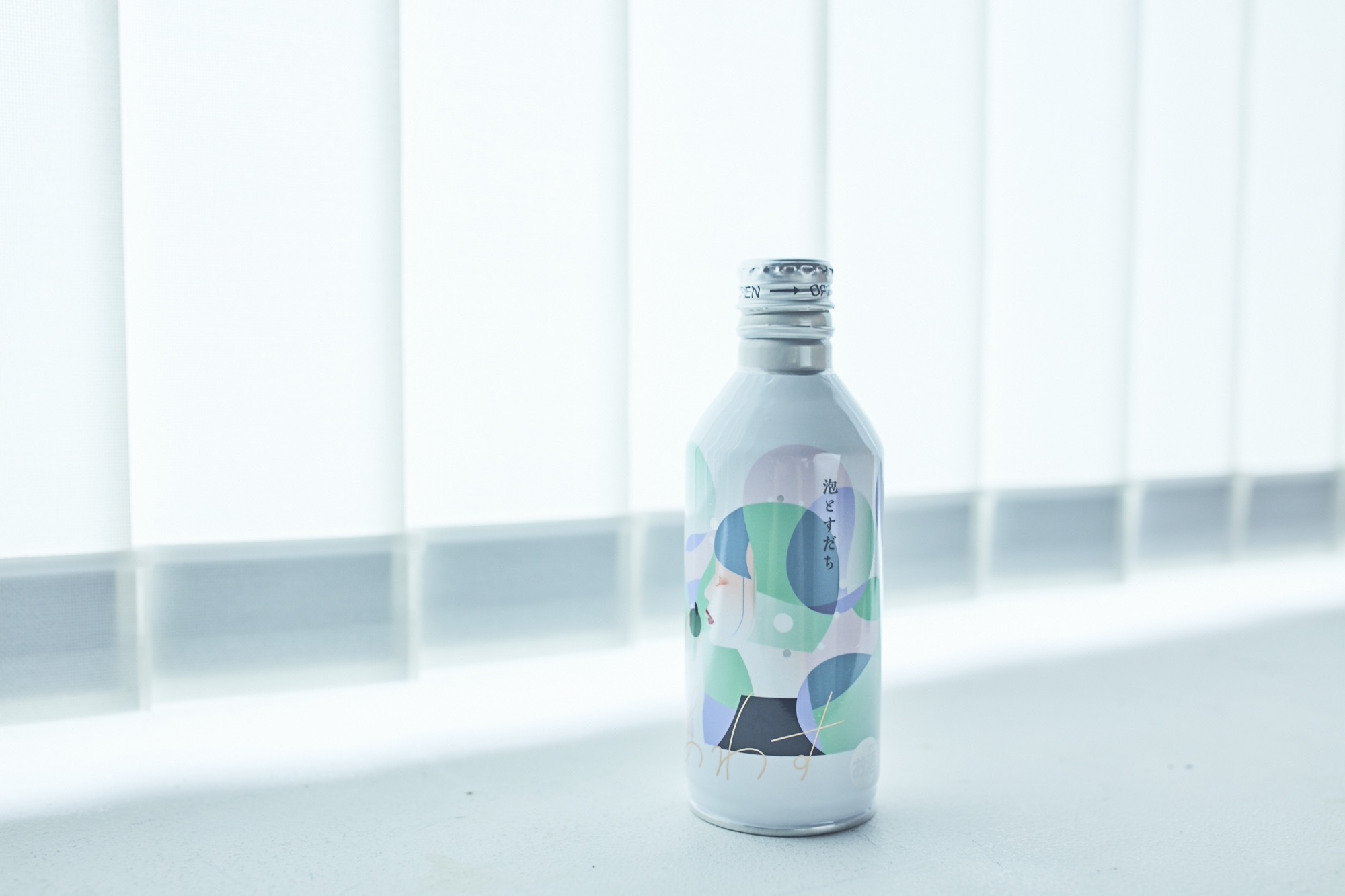
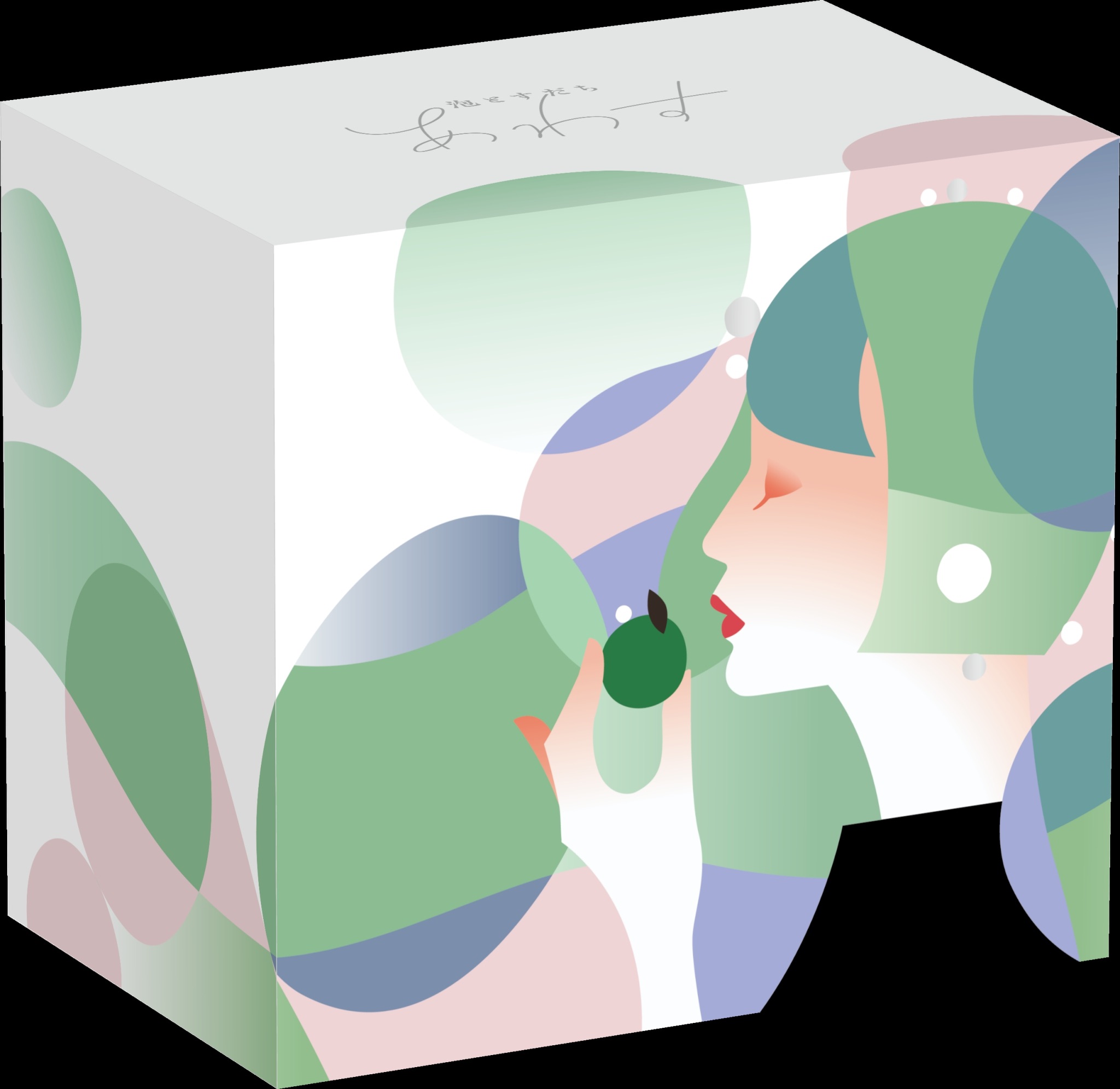
Awasu benefits from the amount of vitamin C of the sudachi which is said to be greater than that of a lemon. It also contains honey, which is known for helping to recover from fatigue, making it a great post-work drink.
The concept of Awasu is to be a companion during those times you want to feel indulged. Rinko Murata says that the drink is “A treat for working so hard in the day. It gives you some luxury time without any effort.” Awasu is served in a can, so you can easily crack one open and enjoy with ease. The freshness of the sudachi together with the subtle sweetness of the honey will reset your fatigue after a long day.
Information
Awasu – Sparkling Sudachishu
Price: ¥450 (Before Tax)
Available: Set of 6 / Set of 24
Alcohol Content: 6%
Quantity: 270ml
Ingredients: Brewed Liquor / Sudachi Juice / Sweetener / Honey / Seishu Refined Sake / Carbon Dioxide / Flavourings
Manufacturer: Honke Matsuura Brewery
Distributor: Liquor InnovationProduct Details: https://awasu.me
-
Gourmet Flower Doughnuts Released at gmgm in Tokyo’s Koenji District
18.July.2020 | FOOD
gmgm released a new collection of “Cold Flower Doughnuts” on July 17 for the summer season which you need to scoop up to eat.
gmgm is a cosy cafe and doughnut shop in Koenji, Tokyo which serves beautiful doughnuts topped with edible flowers.
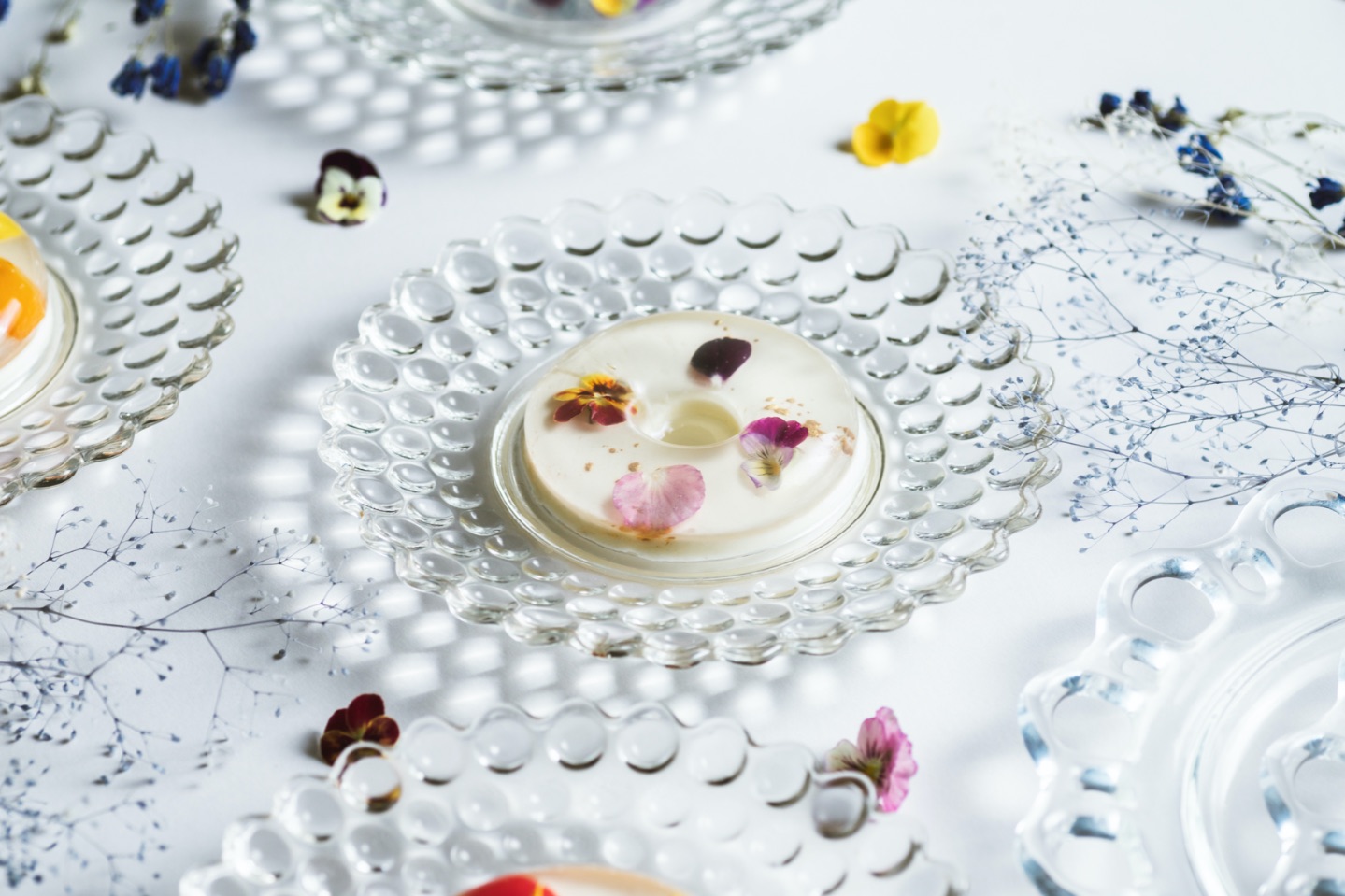
Scoopable “Cold Flower Doughnuts” – ¥450 (Before Tax)
Combined with refreshing summertime lemon jelly is a creamy panna cotta filled with lumps of fresh fruit.
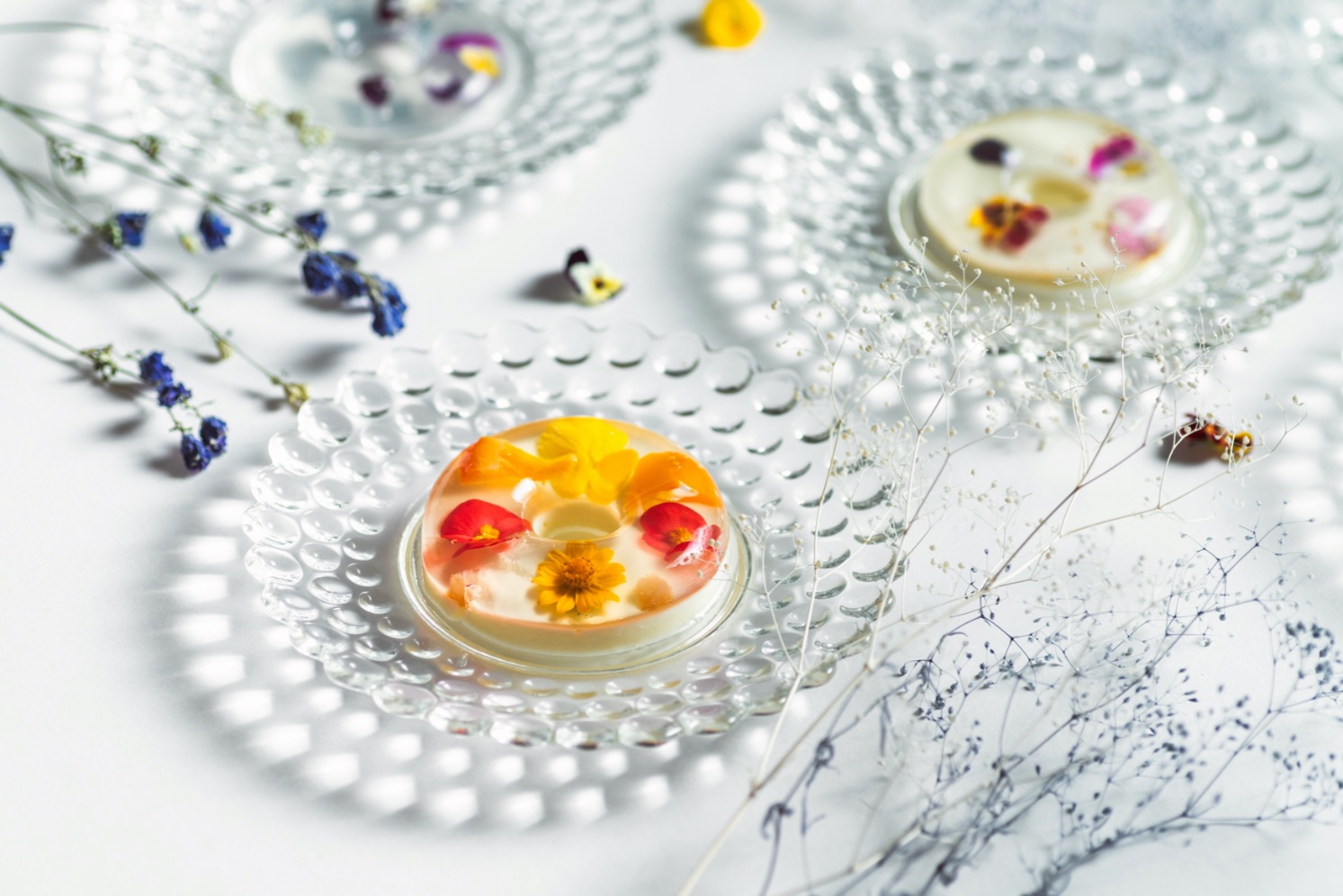
On the surface of the jelly is colourful and elegant seasonal edible flowers.
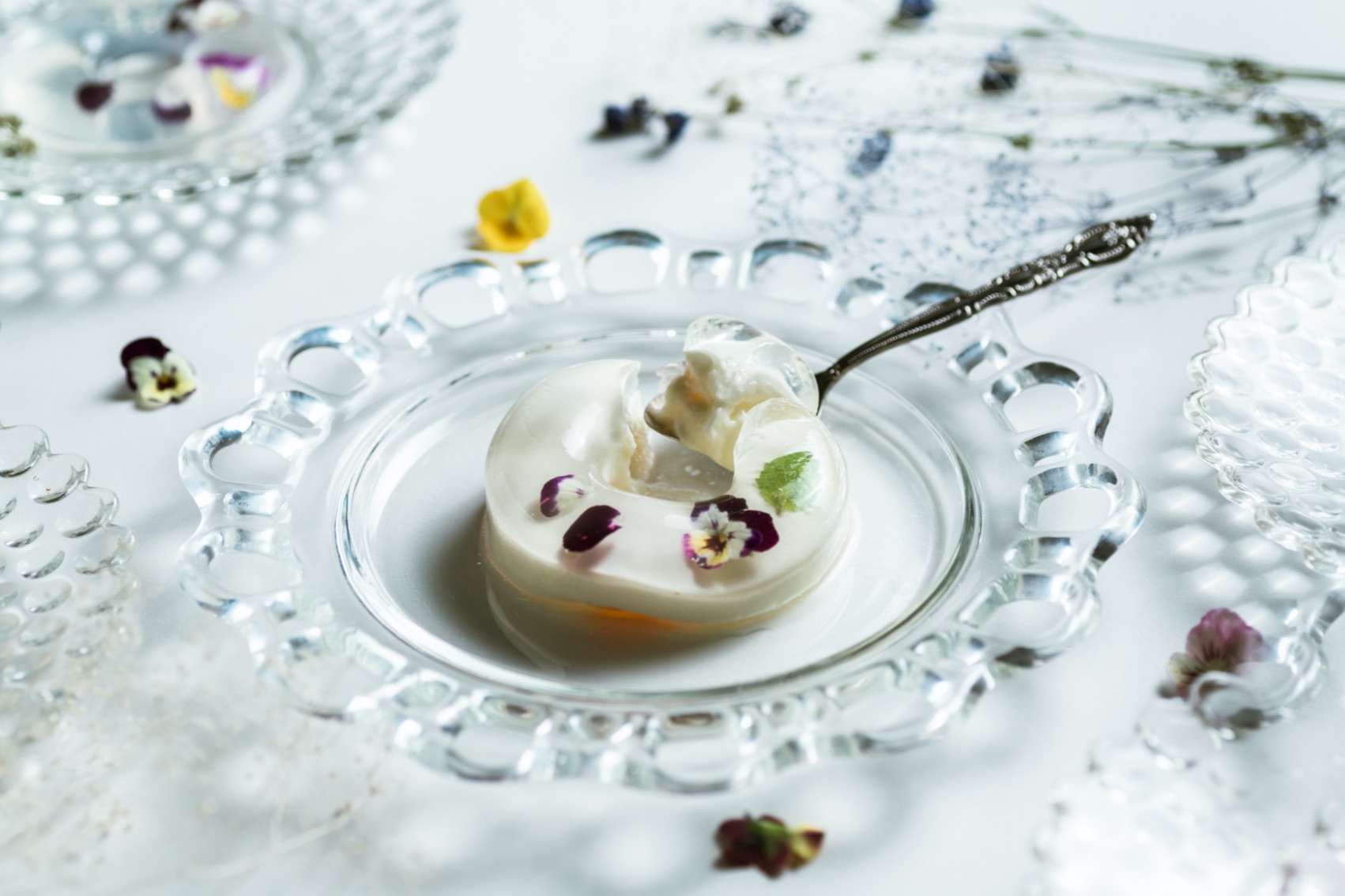
The bottom layer is the super soft panna cotta which enjoys the richness of the fresh cream and the juiciness of the fruits.
Information
gmgm
Address: 3-60-10 Koenjiminami, Suginami-ku, TokyoOpen: Fridays, Weekends, National Festival Days
Business Hours: 12:00〜19:00
*Flower doughnuts available online 7 days a weekOfficial Website: https://www.gmgm.info/shop
-
Bring Back Childhood Memories At The Lisa and Gaspard Afternoon Tea Collaboration Café
15.July.2019 | FOOD
From July 25 to August 28, four Afternoon Tea shops will be collaborating with the French picture book Gaspard and Lisa to celebrate the book’s 20th anniversary. The collaboration will only be running at the following branches: AEON Lake Town kaze, Koshigaya, LaLaport Yokohama, Terrace Mall Shonan and Nagoya LACHIC.
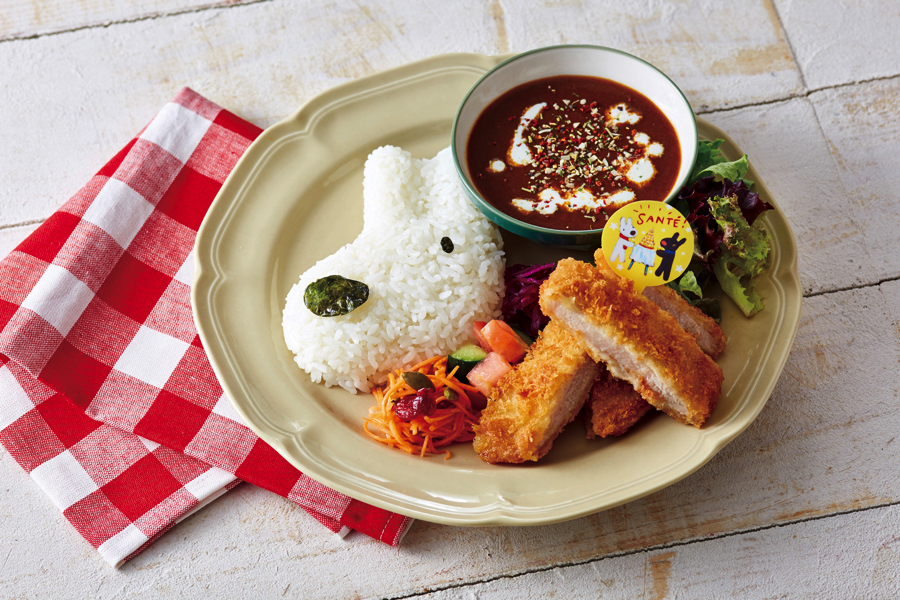
Tomboy Lisa Katsu Curry Plate (Drink included): ¥1,491 (after tax)

Lisa’s Tomato Chicken Curry (Kids Drink included) : ¥1,005 (after tax)
The Tomboy Lisa Katsu Curry Plate consists of a European-style curry with a crispy chicken cutlet and carrot marinade. There is also a sweet apple and honey tomato chicken curry which is limited to kids only.
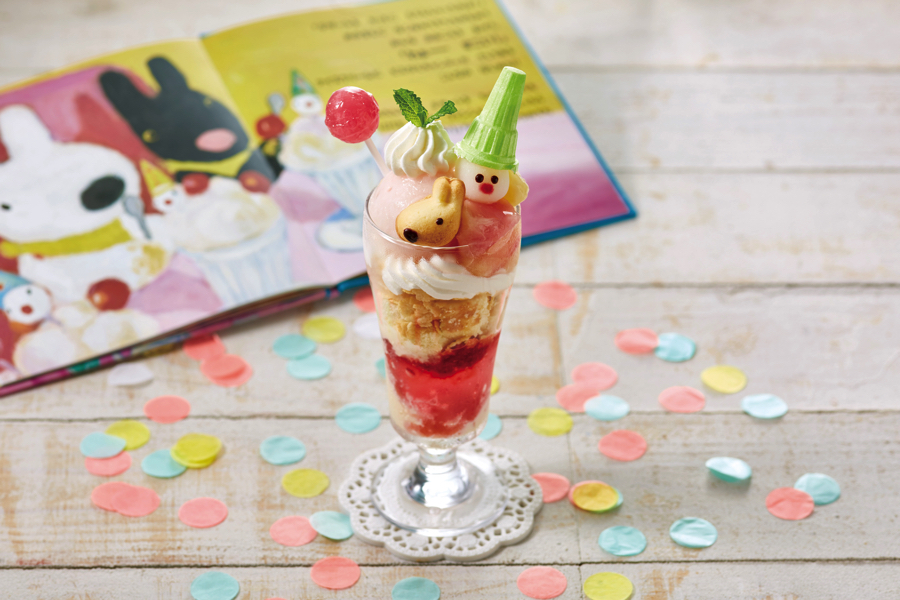
Peach Peach Clown Parfait Straight Out of the Picture Book: ¥1,404 (after tax)
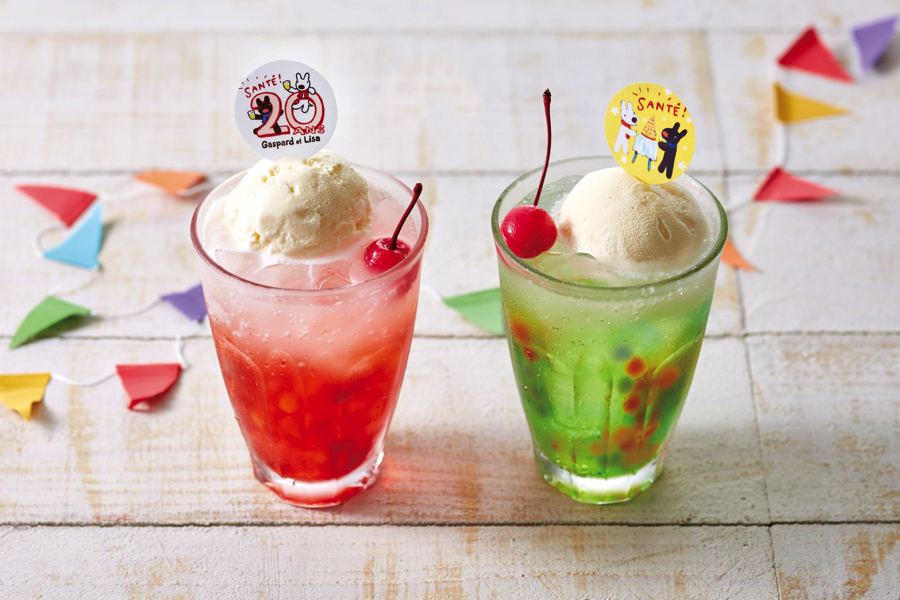
Lisa and Gaspard Strawberry/ Melon Sundae Sodas: ¥864 (after tax)
The menu also includes desserts and drinks from the picture book. For example, the peach peach clown parfait and two flavours of Lisa and Gaspard Sundae Soda. Make sure you order one of these drinks to go with one of the five delicious collaboration meals.
During the collaboration period, the tea shop will be decorated with a special Lisa and Gaspard theme. There will be photo spots and even a book corner with 20 Lisa and Gaspard books (limited to Nagoya LACHIC only).
This is the perfect place to enjoy a special summer meal with your family so please check it out!
©2019 Anne Gutman & Georg Hallensleben / Hachette Livre
Information
Lisa and Gaspard Collaboration
Running: July 25 ー August 28
Afternoon Tea: https://www.afternoon-tea.net/
Lisa and Gaspard: http://www.lisagas.jp/
-
Tokyo Stroll: Walking Through Akasaka Palace, a European-Style Splendor
Akasaka Palace―a building that has welcomed emperors, presidents and prime ministers across the world into its architectural wonders. While it is mainly used for official purposes, did you know that it also offers a public viewing, one that doesn’t hinder on business affairs?
The palace is considered a national treasure of Japan. I paid a visit to this gorgeous edifice that looks just like a European-style palace. Photography is strictly forbidden when visiting, but I was able to receive special permission to cover the inner secrets of this exclusive wonder.
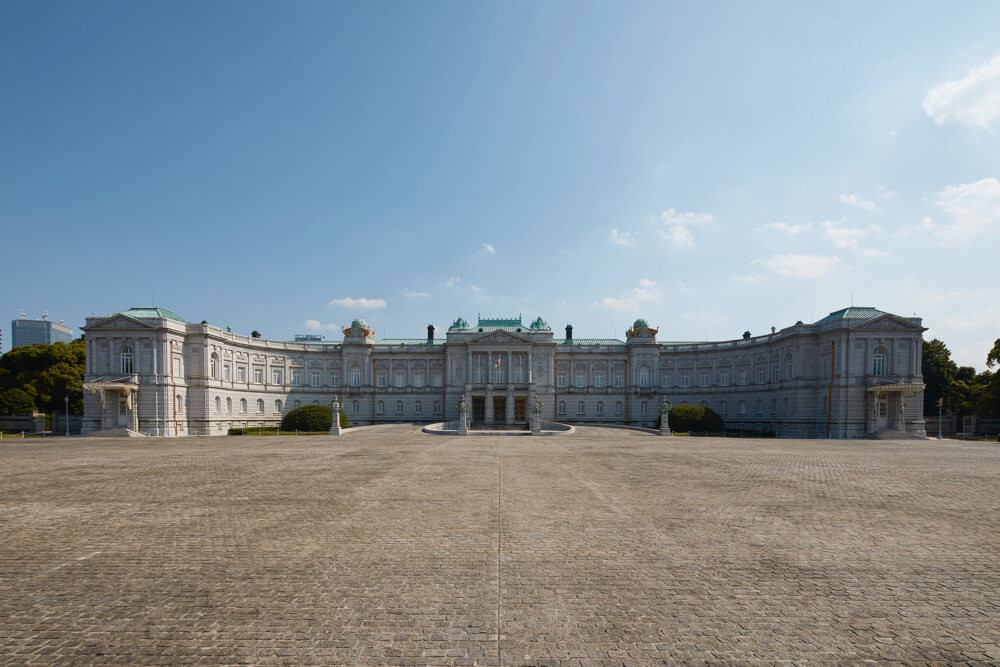
Akasaka Palace is open throughout the year. There is a daytime reception that lets you enter without having to book a spot in advance (though you’ll have to book if you want to visit the Japanese Style Annex). Visitation is restricted when international state officials are present, so when planning your trip be sure to check the palace’s schedule on the official website. Visitation through the daytime reception begins at the West Gate.
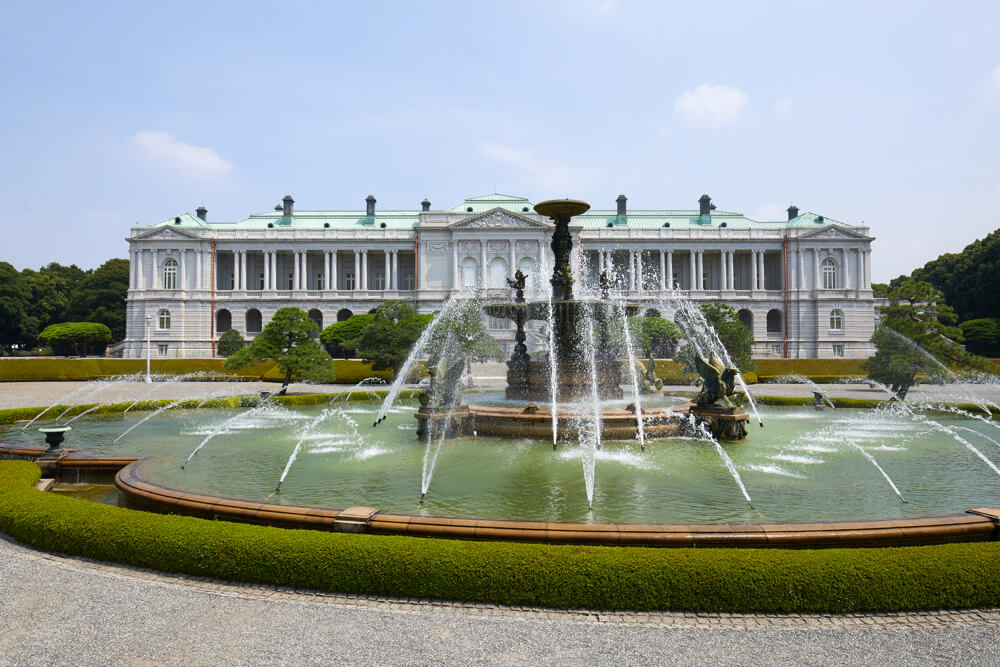
Originally built in 1909 as the Imperial Palace for the Crown Prince, the building is the only example of neo-Baroque architecture in Japan. It was built by Japanese imperial court architect Katayama Tōkuma. When planning the design for the building, he referenced various palaces across Europe which is why people liken it to Palace of Versailles in France.
Hagoromo no Ma – A reception hall for visitation welcomings
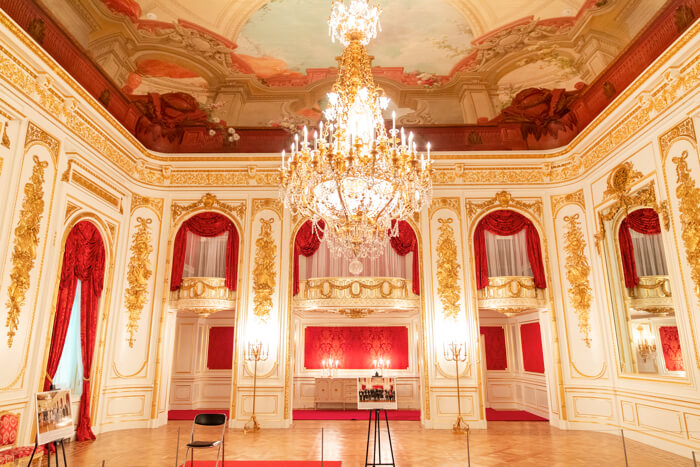
The first room you come to on the public viewing is “Hagoromo no Ma.” It was originally called a ball room which is why it houses orchestra boxes. Aperitifs dance around the room for invitees who may be there for send-offs, dinner parties or even musical performances.
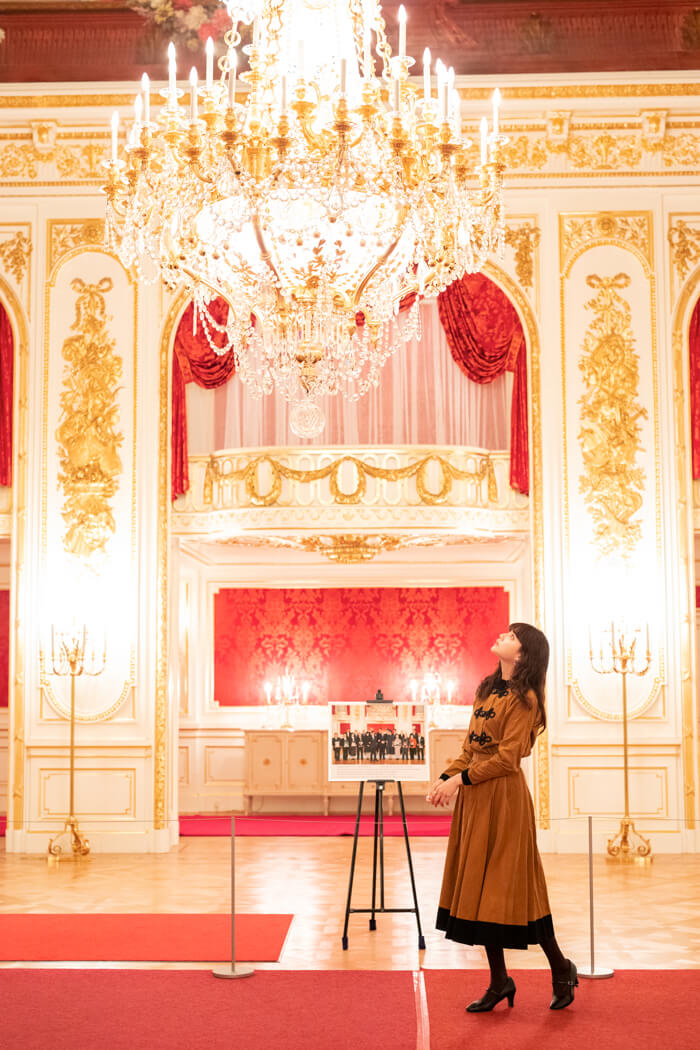
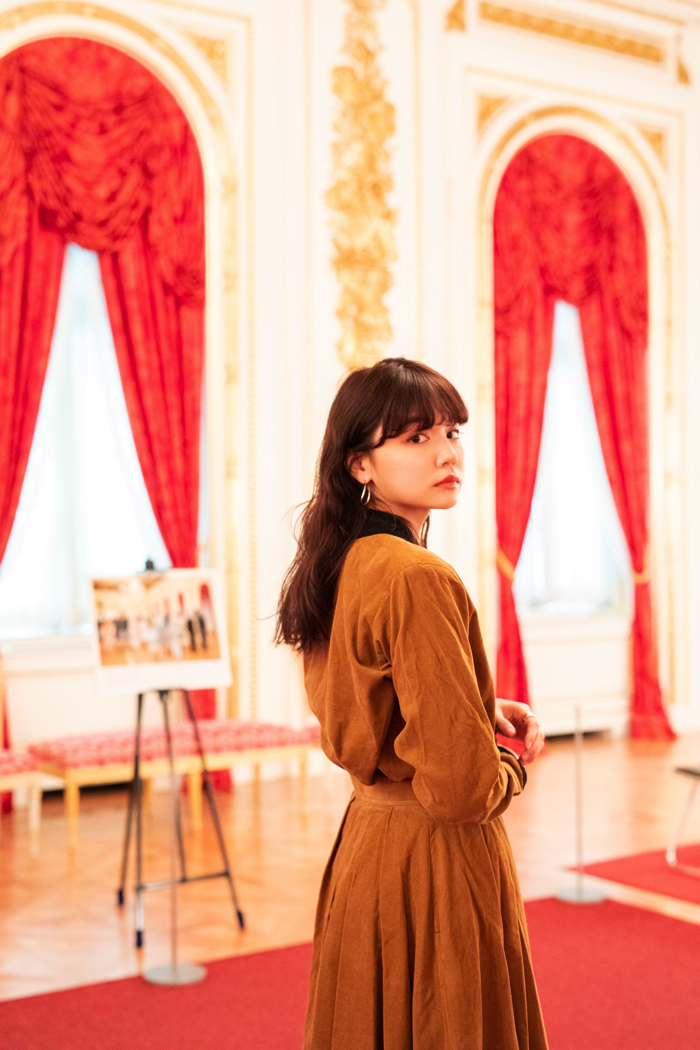
Overhead is a gorgeous chandelier which is made up of almost 7,000 separate parts, most of which is crystal. It is the biggest chandelier in the entire palace. The inner part of the mezzanine floor, which looks like a balcony, is used as an orchestra box when the room is used for orchestral concerts.
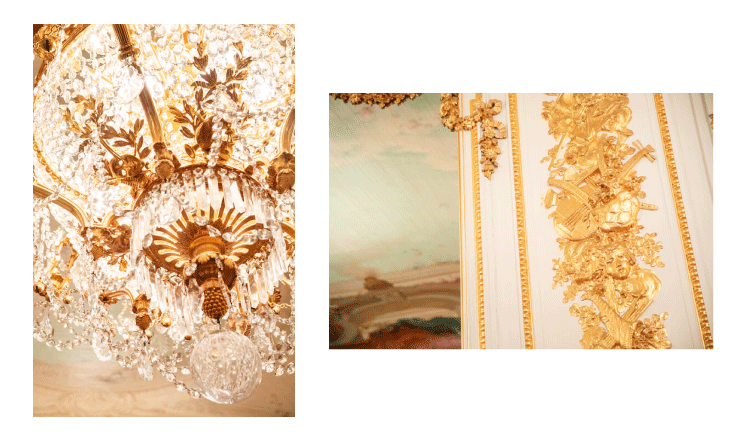
The intricate design of the chandelier includes masks inspired by a ball while the walls too are littered with relevant motifs such as instruments. The whole room is decorated in all things musical.
Asahi no Ma – The most high-class room of the palace
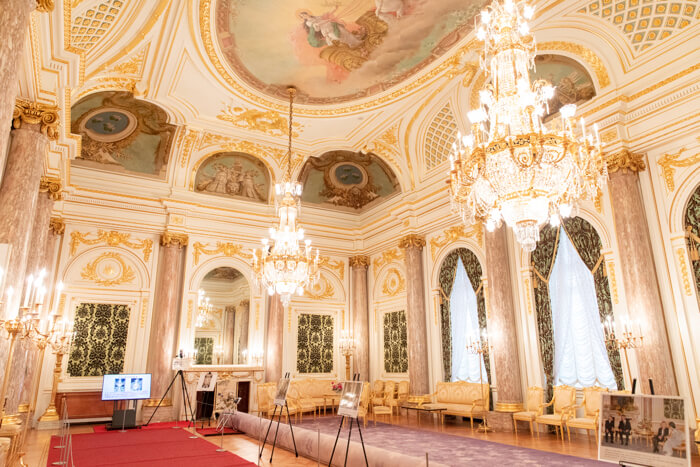
The next room you step into is “Asahi no Ma” which is used for courtesy calls of officials and important people as well as summit meetings. It is the most high-class room in all of Akasaka Palace and is where the state guests say their goodbyes to the Emperor and Empress. The room began reconstruction two years ago and reopened in April this year.
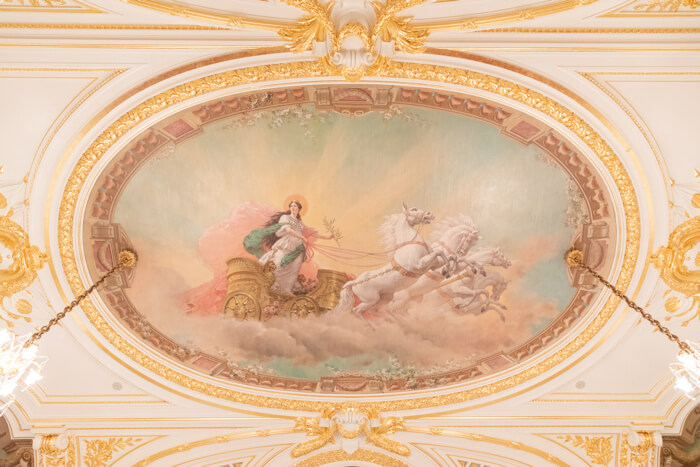
The room gets its name Asahi (“morning sun”) from the painting of Aurora, the Roman Goddess of dawn, that overlooks the room.
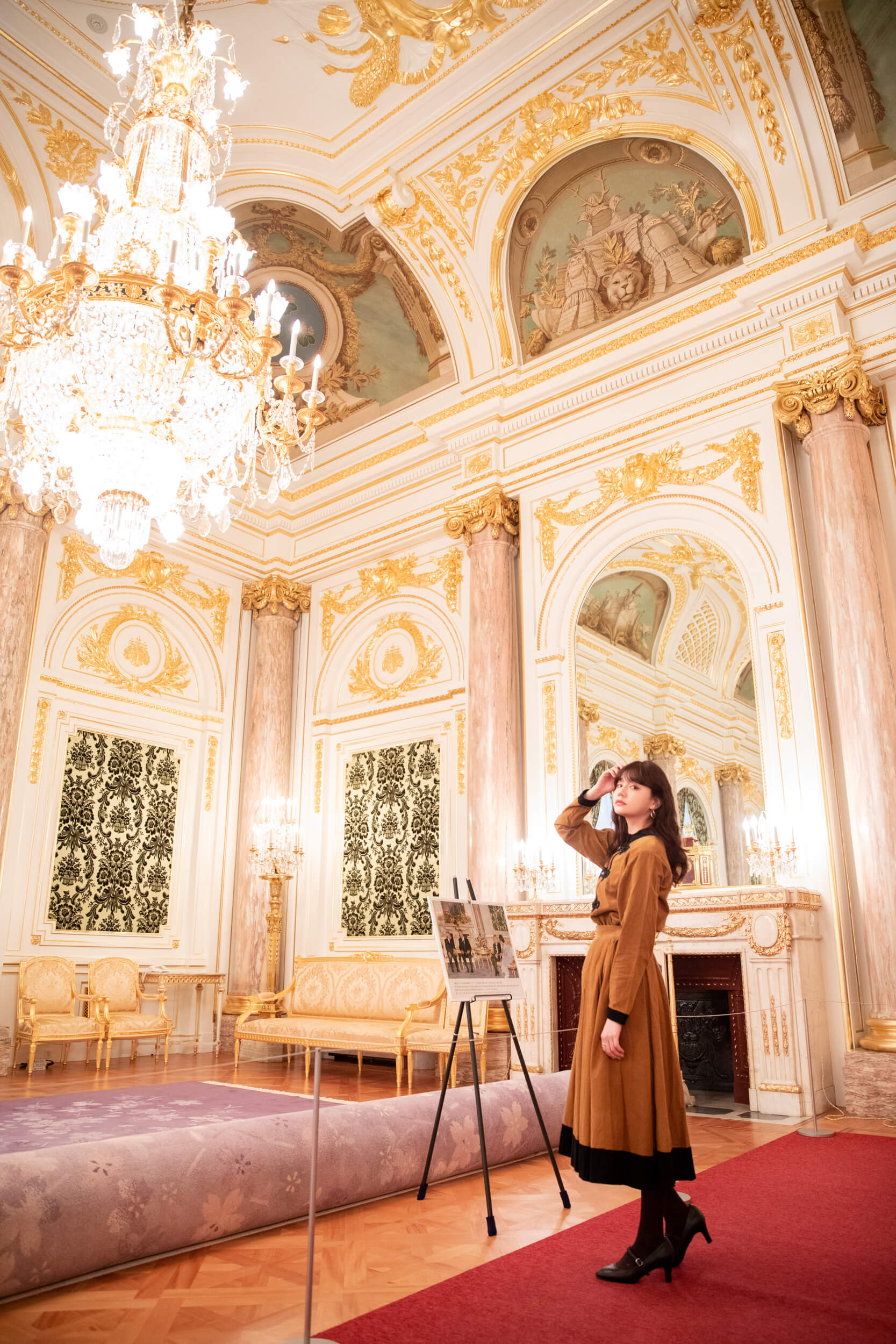
It is said that in the Meiji Period, when the palace was built, people painted pictures of helmets to symbolize the army and boats to symbolize the navy as the country declared the political measure known as Fukoku kyōhei, which meant to “Enrich the Country, Strengthen the Armed Forces.”
Shoumen Genkan/Large Hall – Welcoming guests of honour
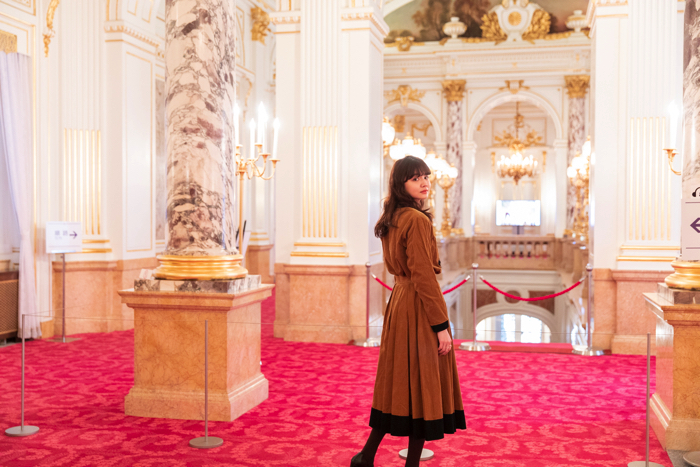
The “Shoumen Genkan,” or front entrance is where international guests of honour are welcomed. When visiting during public opening hours you don’t enter from this entrance but you are allowed inside. The large hall, which is located up the stairs from the hall that continues through the entrance room, has a striking and vivid deep crimson carpet. Together with the eight towering marble pillars, this hall makes for an overwhelming viewing. The room directly opposite down the stairs is Asahi no Ma.
Sairan no Ma – Where treaties are signed
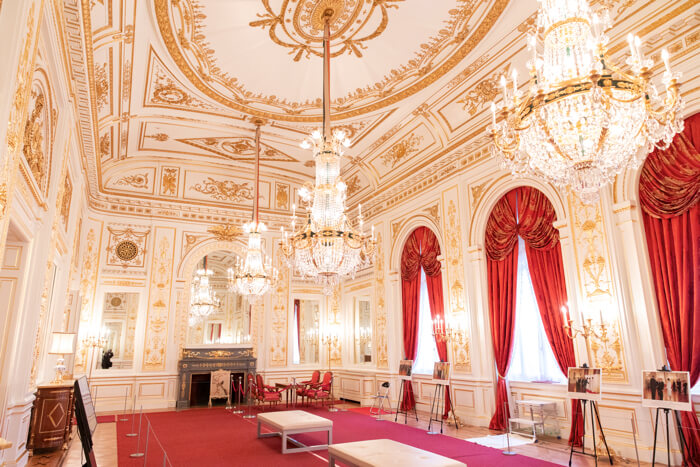
The next most high-class room from Asahi no Ma is “Sairan no Ma” which is primarily used for signing ceremonies of treaties. When Asahi no Ma was undergoing renovations, this room was used for informal talks carried out by the emperor and prime minister with foreign rulers.
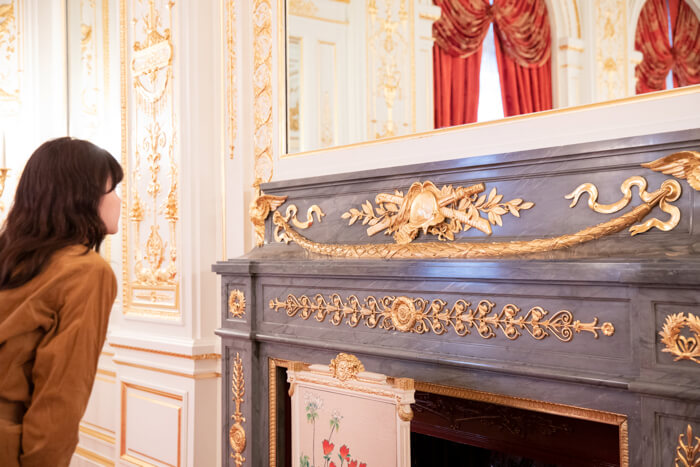
The entire room takes on the Empire style which was popular during the rule of Napoleon I. Scattered throughout the room are gold leaf designs of armour, helmets, swords and so on.
Kacho no Ma – Dinner parties with guests of honour
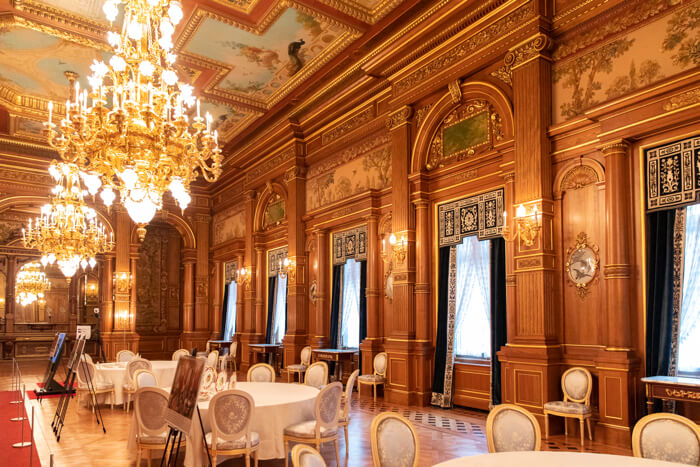
Kacho no Ma is used for dinner banquets with important official from countries around the world. The room has a more relaxed feeling from the others due to its interior wooden design. It’s also often used for press conferences so those who watch Japanese news may recognise it.
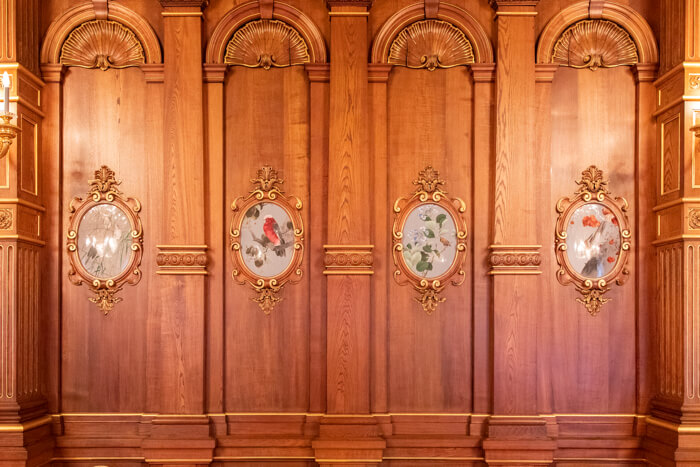
The room, with its mellow deep wooden design, houses 30 oval cloisonné medallions, depicting four seasons’ flowers and birds. The ceiling art, too, depicts images of birds and wildlife killed by hunting.
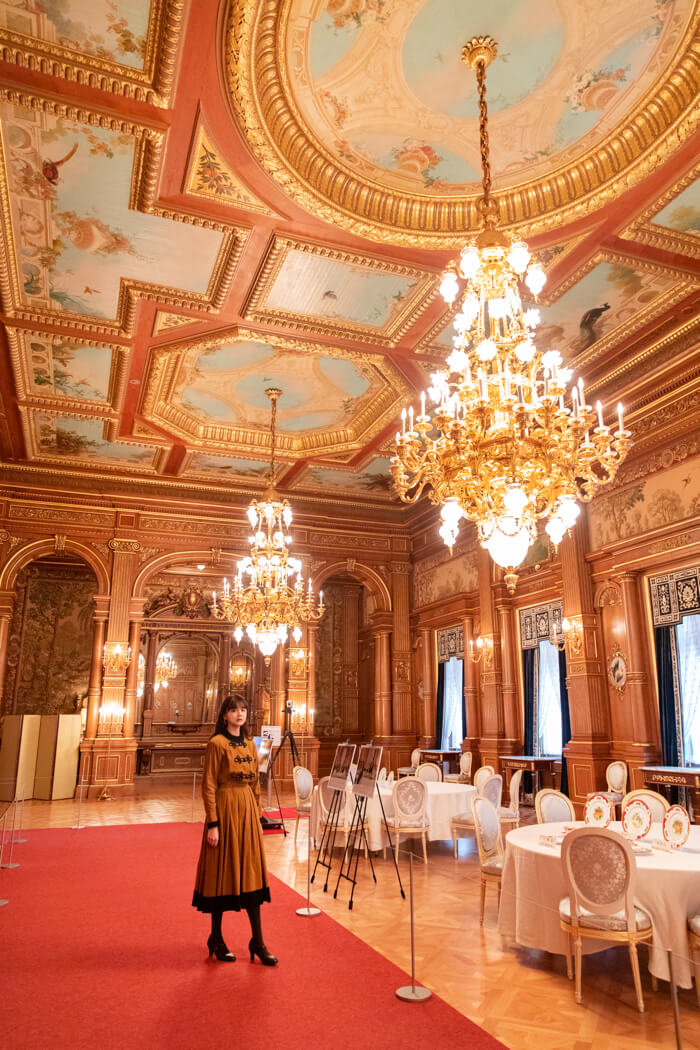
It also has the heaviest chandelier in the palace inside which is a globular speaker.
Yushintei – Japanese-style hospitality in the Japanese Style Annex
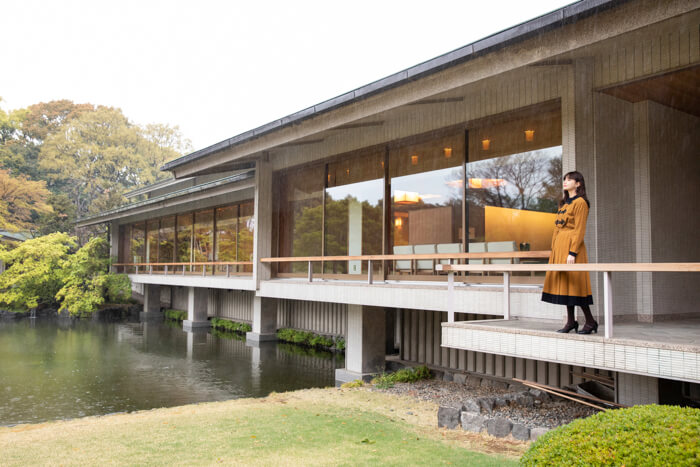
The Yushintei is located in the Japanese Style Annex on the west side of Akasaka Palace. It was built in 1974. Akasaka Palace carries out events and receptions in a western style but the Yushintei welcomes international guests of honour with Japanese-style hospitality. Those who wish to enter must book in advance. The booking comes with a tour.
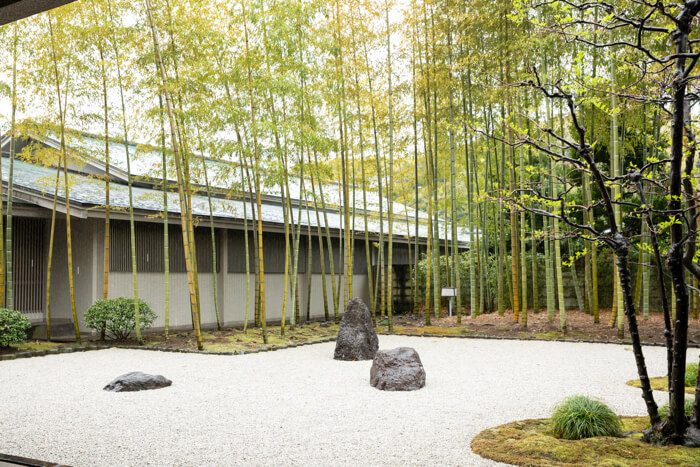
As you step through the entrance and into the inner garden through the passage, you will see moso bamboo. This area has a garden with shirakawa gravel and kibune stone from Kyoto.
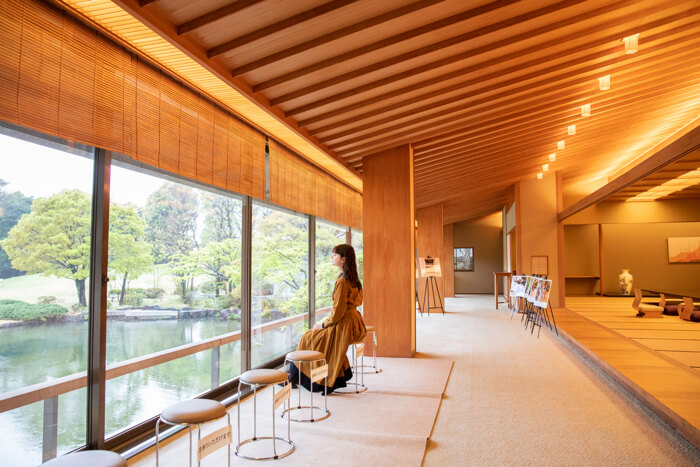
In the main Japanese-style room where guests are served Japanese food one can observe the pond from the window. You might recognise it as the place where Prime Minster Shinzo Abe and President Donald Trump fed the fish.
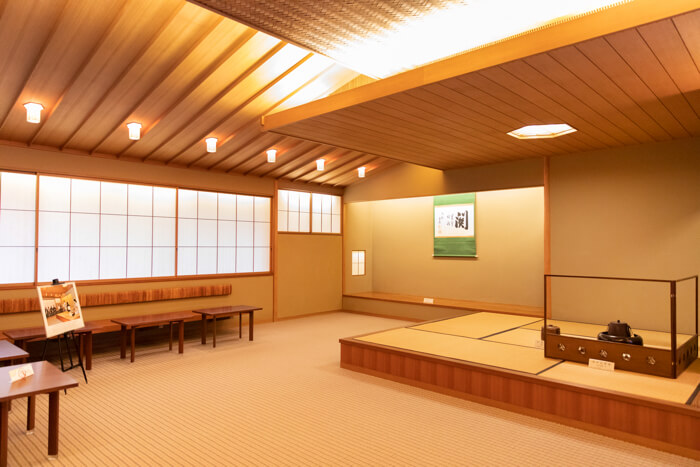
The tea room comes with chairs for foreign visitors who are unable to sit in the traditional Japanese seiza position. Tea is prepared on the upper step which is inspired by Noh theatre.
Afternoon tea in the extraordinary front garden
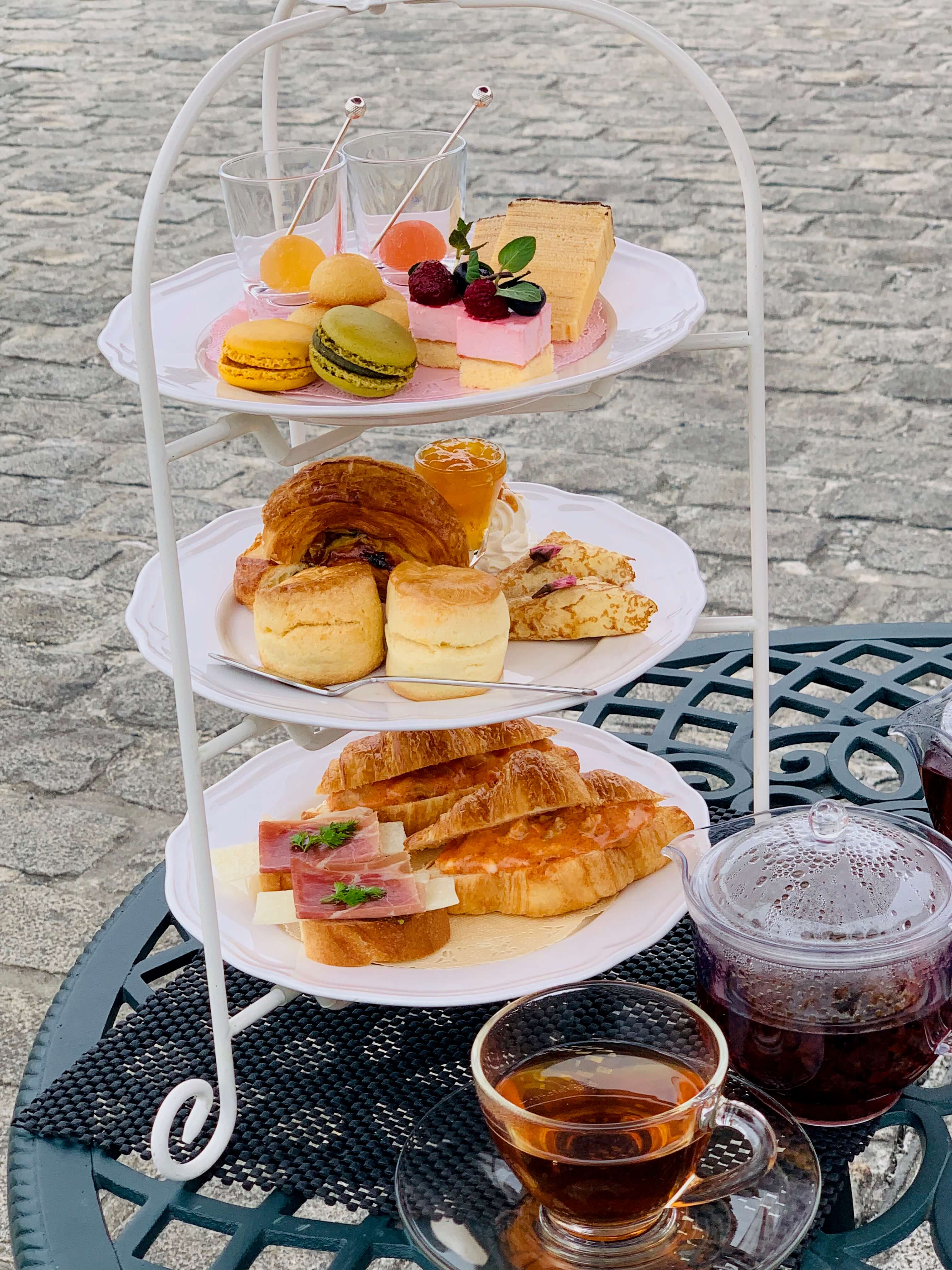
20 afternoon tea sets are prepared each day to be enjoyed in the front garden of Akasaka Palace. These cannot be reserved in advance so be sure to arrive early if you’d like to order one. As you enjoy your afternoon tea while gazing around you are filled with a gorgeous feeling you can’t experience anywhere else.
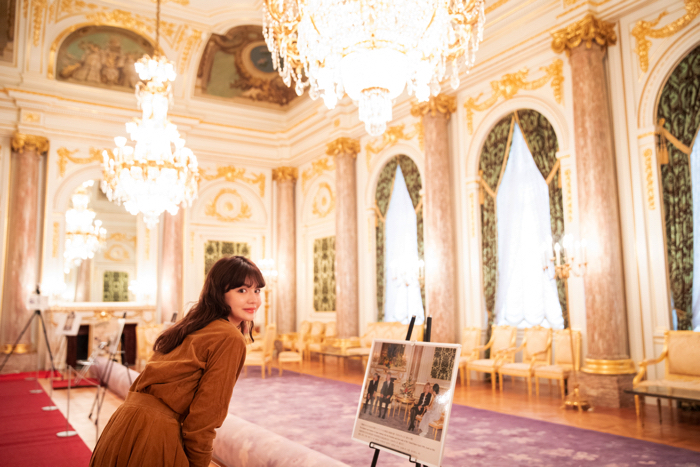
The general public viewing offers a chance to see numerous parts of the palace. We asked Rinko Murata, who’s pictured in the photos on the viewing, for her thoughts.
“With the first step you take in a gorgeous space unfolds before you. Its grand design made me feel as if I had been summoned to the palace. It was like visiting a foreign country. When you look closely there are lots of decorations that symbolize Japan. It was a fresh experience where you can feel both the Japanese spirit and culture of another country. I feel moved that Japan has such a place as beautiful as this. You all need to visit too.”
There is no requirement to book this viewing in advance, but during busy times (20+ people) those who do book online prior to visiting will be prioritized. Foreign visitors won’t miss out on anything either as they can purchase a voice guide machine for ¥200. These guides come in Japanese, English, Chinese, French and Spanish. A visit to the Japanese Style Annex Yushintei however requires booking prior to your visit. When doing so you can choose between either a Japanese or English-speaking guide. In the case of a sudden official reception, all scheduled public viewings for that day are cancelled, so be sure to check the calendar on the official website before heading there.
Model:Rinko Murata
Writer:Sayoko Ishi
Photographer:Kayo Sekiguchi
Translation: Joshua Kitosi-Isanga
Information
Akasaka Palace
Address: 2-1-1 Motoakasaka, Minato Ward, Tokyo
Access: 7-minutes on foot from Yotsuya Station via JR and Tokyo Metro
Visiting Prices
Main Building & Garden: Adult ¥1,500 / University Student ¥1,000 / High & Junior High School Student ¥500 / Elementary School Student – Free
Japanese Style Annex, Main Building & Garden: Adult ¥2,000 / University Student ¥1,500 / High & Junior High School Student ¥700 / Not open for elementary school students
Japanese Style Annex & Garden: Adult ¥1,500 / University Student ¥1,000 / High & Junior High School Student / Not open for elementary school students ¥500
Garden: Adult ¥300 / University Student & Below – Free
*The above listed prices are the general prices. Prices may change during special openings.
Official Website: https://www.geihinkan.go.jp/en/akasaka/
TALENT PROFILE
Rinko Murata
Rinko Murata works in fashion and is active on radio and TV. Sales of her first style book were so successful that it required extra printing during its first week. She also has a rapidly growing following on her social media. As well as modelling at big fashion events, she has her own column online at “She magazine,” and receives much attention for her work in the areas of culture and lifestyle.
-
Red Mount Fuji Curry Inspired by Japanese Ukiyo-e Painter Hokusai
15.January.2019 | FOOD
The Mount Fuji Lava Cafe, located in the Fujisan World Heritage Center in Yamanashi Prefecture, released a new Red Mount Fuji Curry on January 12 inspired by the woodblock print Fine Wind, Clear Morning from Hokusai’s Thirty-six Views of Mount Fuji series of landscape prints.
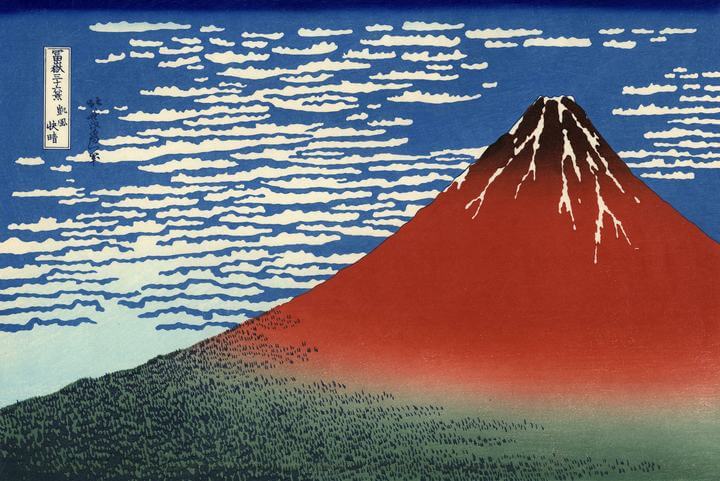
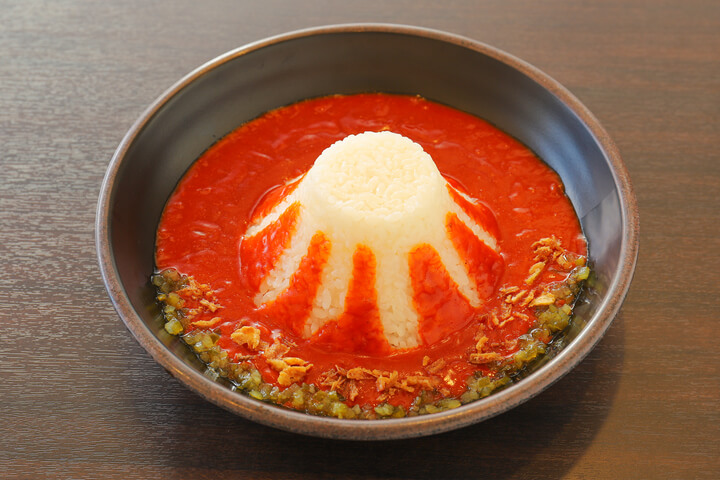
Red Mount Fuji Curry: ¥1,500 (Tax Included)
This red hot lava curry gets its vibrant colour from its picante spices and red chili oil. But it’s not simply a bowl of spiciness – it also has typical Japanese flavours like a dashi made from skipjack tuna and kombu. It’s also mixed with grape juice made from grapes grown in Fuefuki, Yananashi for deeper flavour.
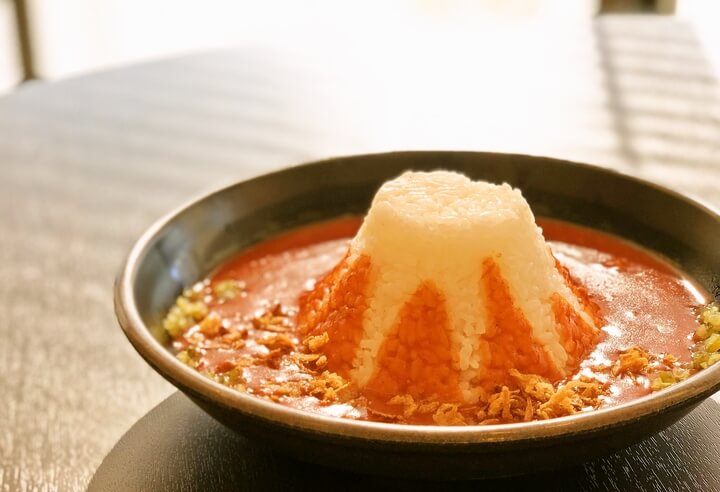
Upon ordering this curry you can pick from three different levels of spiciness. Those who order the highest level, dubbed “Mount Fuji’s Peak,” are offer to take part in an eating challenge. If you’re able to devour the hottest version of this curry within 22 minutes and 30 seconds the price of your bill will be wiped and you will receive a free ice cream.
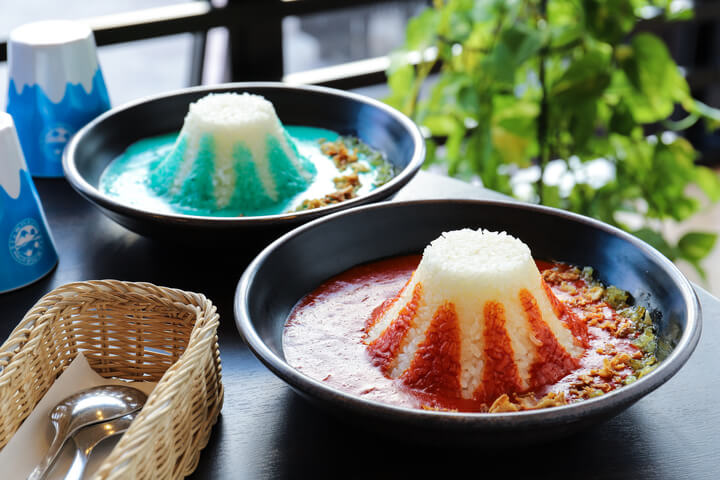
The Red Mount Fuji Curry serves as a follow up to the cafe’s original Blue Mount Fuji Curry which erupted in popularity on Japanese social media.
Information
Red Mount Fuji Curry
Price: ¥1,500 (Tax Included)
Description: https://www.fujisan-p.com/fujisanredcurry
Blue Mount Fuji Curry
Price: ¥1,000 (Tax Included)
Description: https://www.fujisan-p.com/fujisanbluecurry
Lava Cafe
Address: Fujisan World Heritage Center North Block 2F, 6663-1 Funatsu, Fujikawaguchiko-machi, Minamitsuru-gun, Yamanashi Prefecture
Opening Hours: 09:30-16:30 (Last Orders 16:00)
No Fixed Holidays.
TEL: 0555-72-0259
Information: https://tabelog.com/yamanashi/A1903/A190301/19009495/
-
Tokyo Stroll: Indulge at Harajuku’s Conveyor Belt Dessert Cafe ‘MAISON ABLE Cafe Ron Ron’
MAISON ABLE Cafe Ron Ron is a new hot spot in Harajuku that has been popping up all over Japanese social media. It’s so popular that it’s common to see lines of people waiting outside to get in, and that’s due to the fact that this is the world’s first-ever all-you-can-eat conveyor belt dessert cafe!
MMN decided to visit the cafe to see what all the fuss was about. Unfortunately, it was raining on the day, but that didn’t stop the smiles on girls’ faces waiting outside for it to open which gleamed like a clear summer’s day.
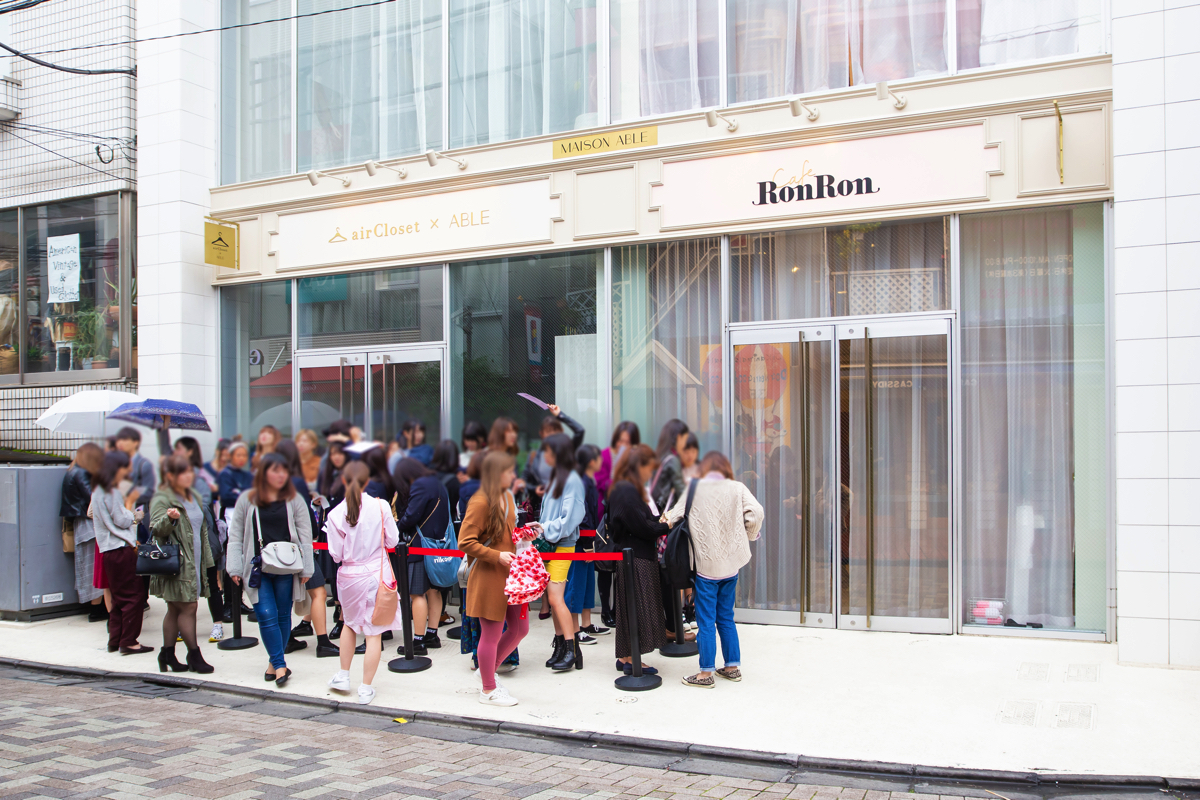
We visited the cafe with Japanese model Rinko Murata who has a weakness for sweet things and whose anticipation for this place was growing.
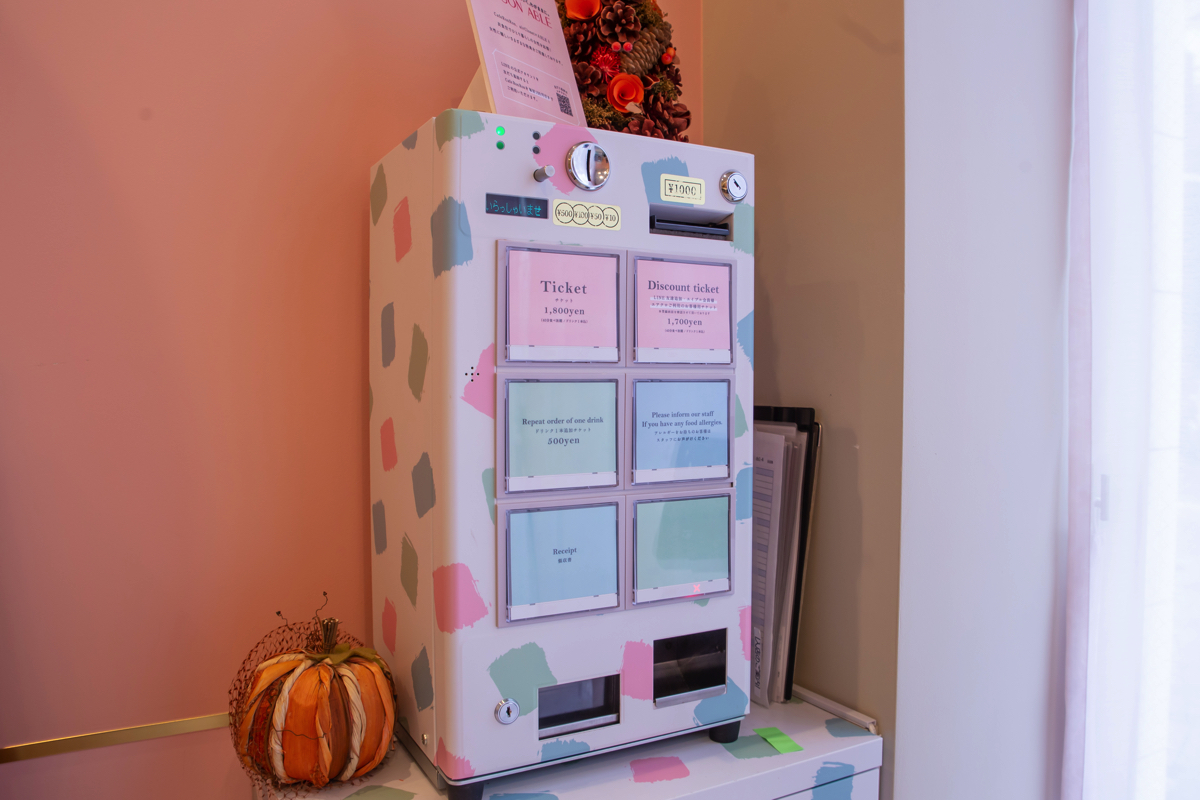
Upon entering the cafe you must first buy a ticket from the ticket machine. It costs ¥1,800 (tax included) for all-you-can-eat desserts and a drink.
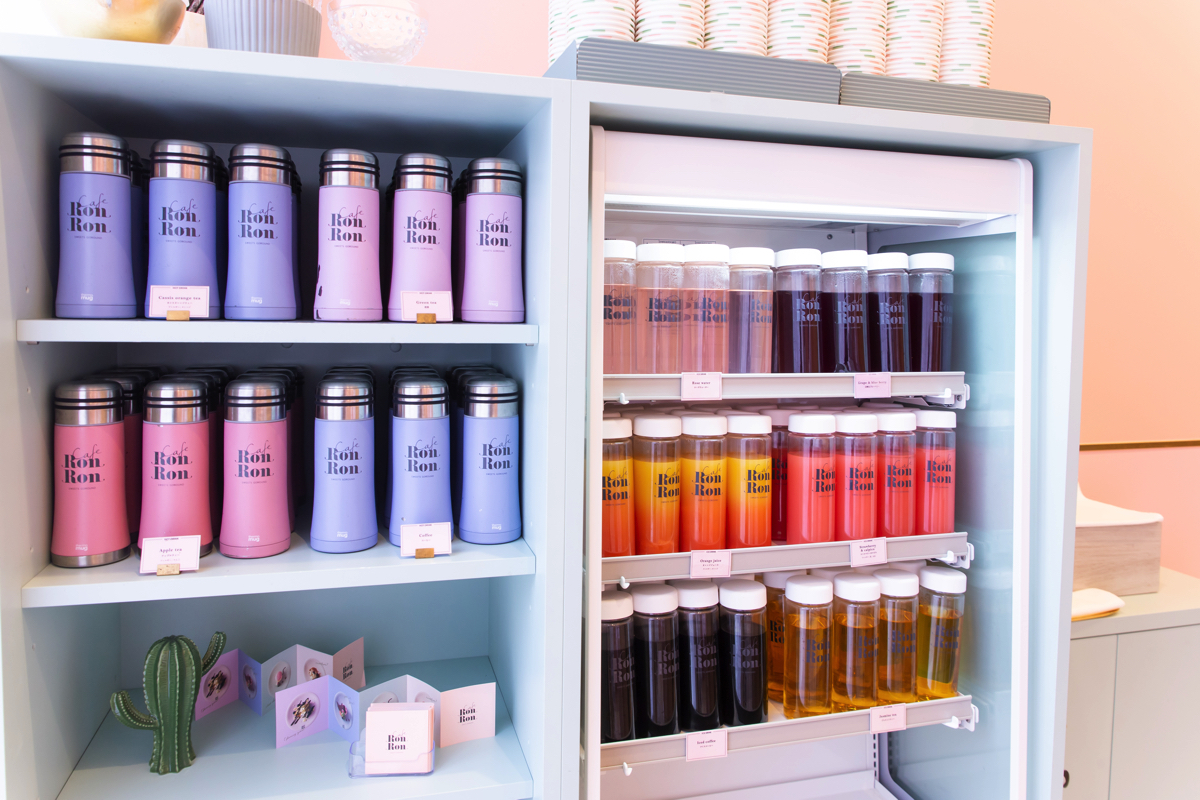
This is the drink shelf. You can choose your favourite from a selection of colourful beverages that come in original bottles.
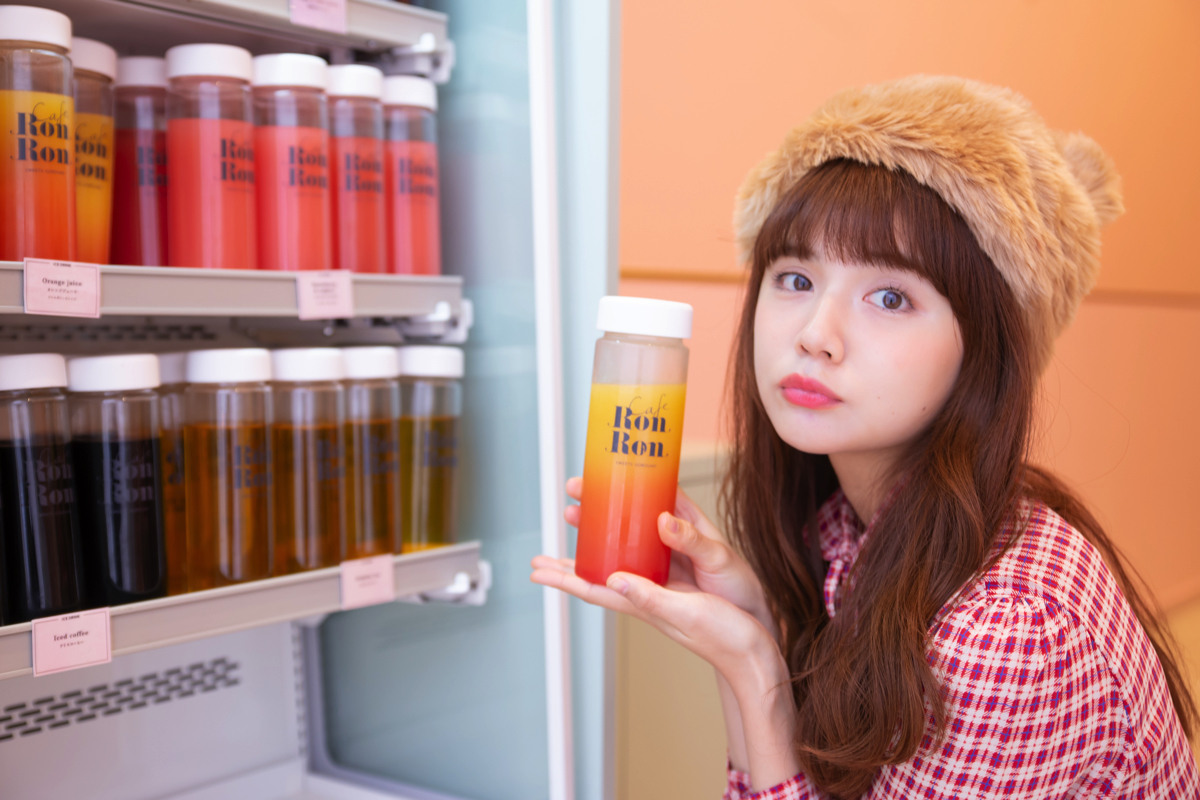
Rinko-chan picked out a photogenic-looking drink too!
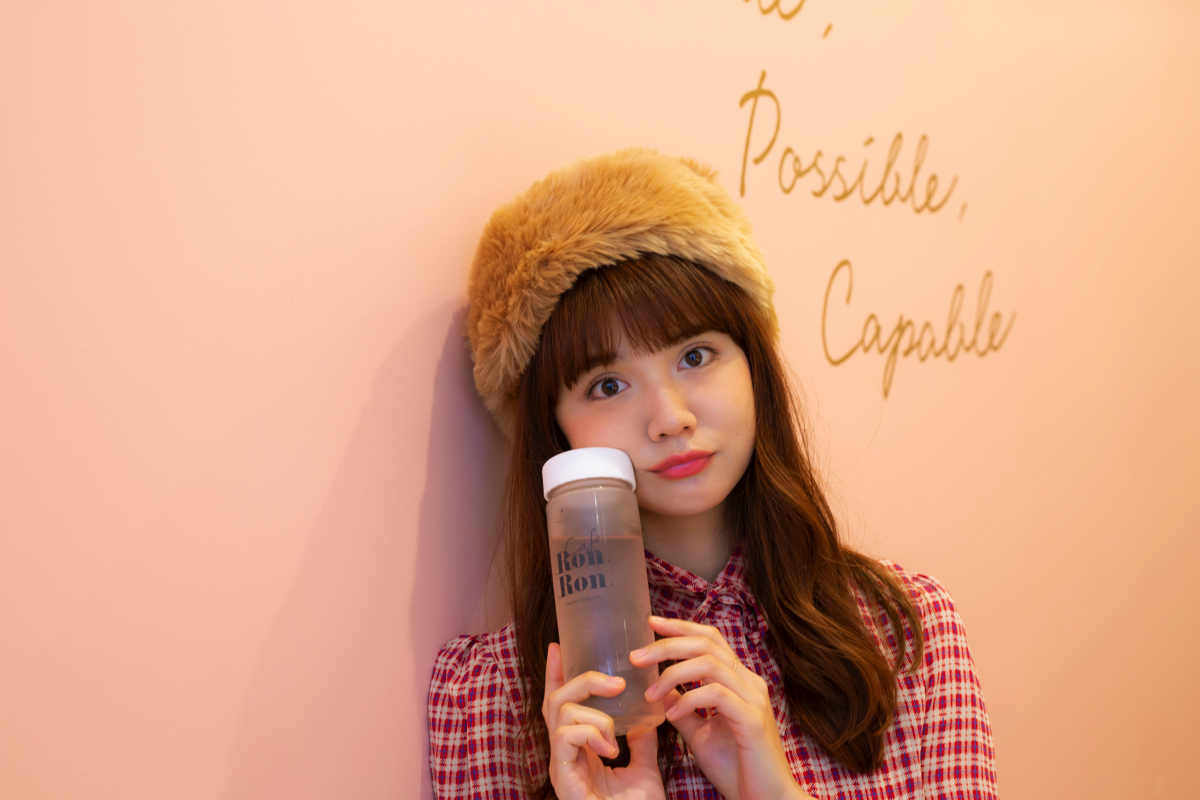
If you stand against the pastel pink walls you can snap a cute photo from any angle!
Rinko-chan was quick in wanting to snap one. There are messages written over the walls too. It makes you want to take your dessert in hand and take lots of pictures.
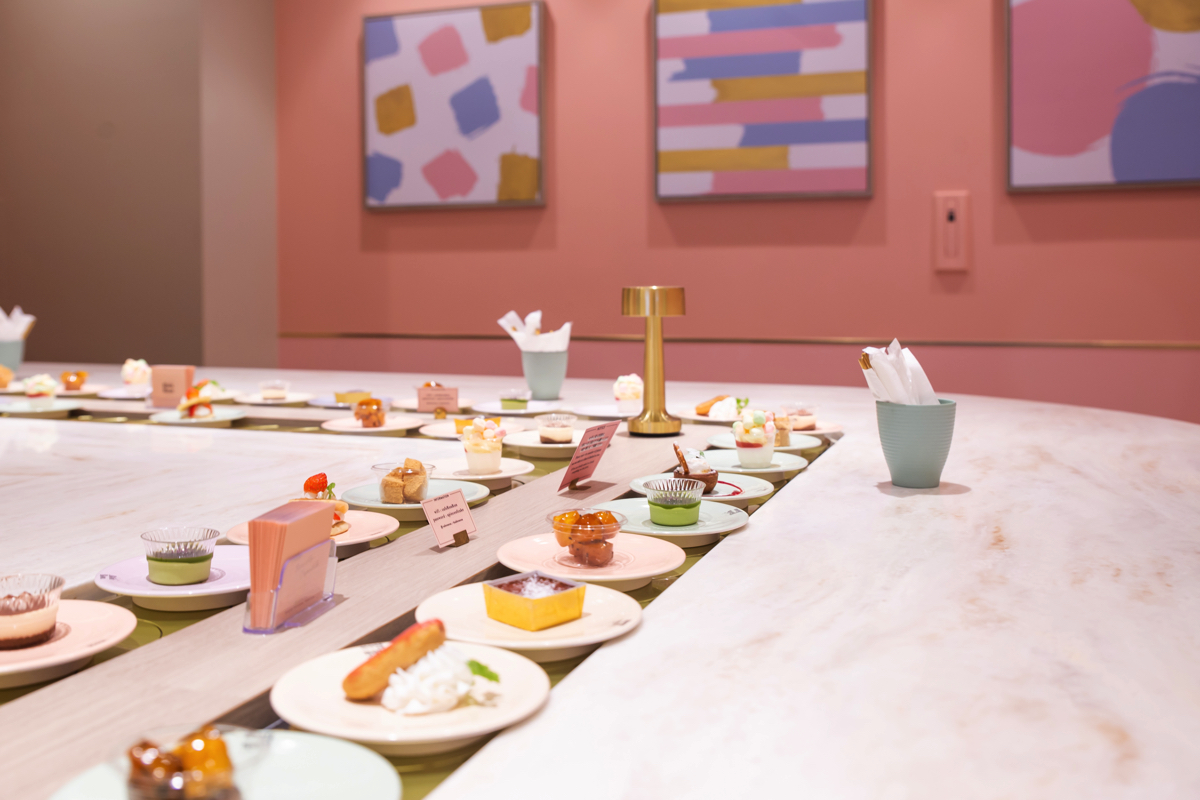
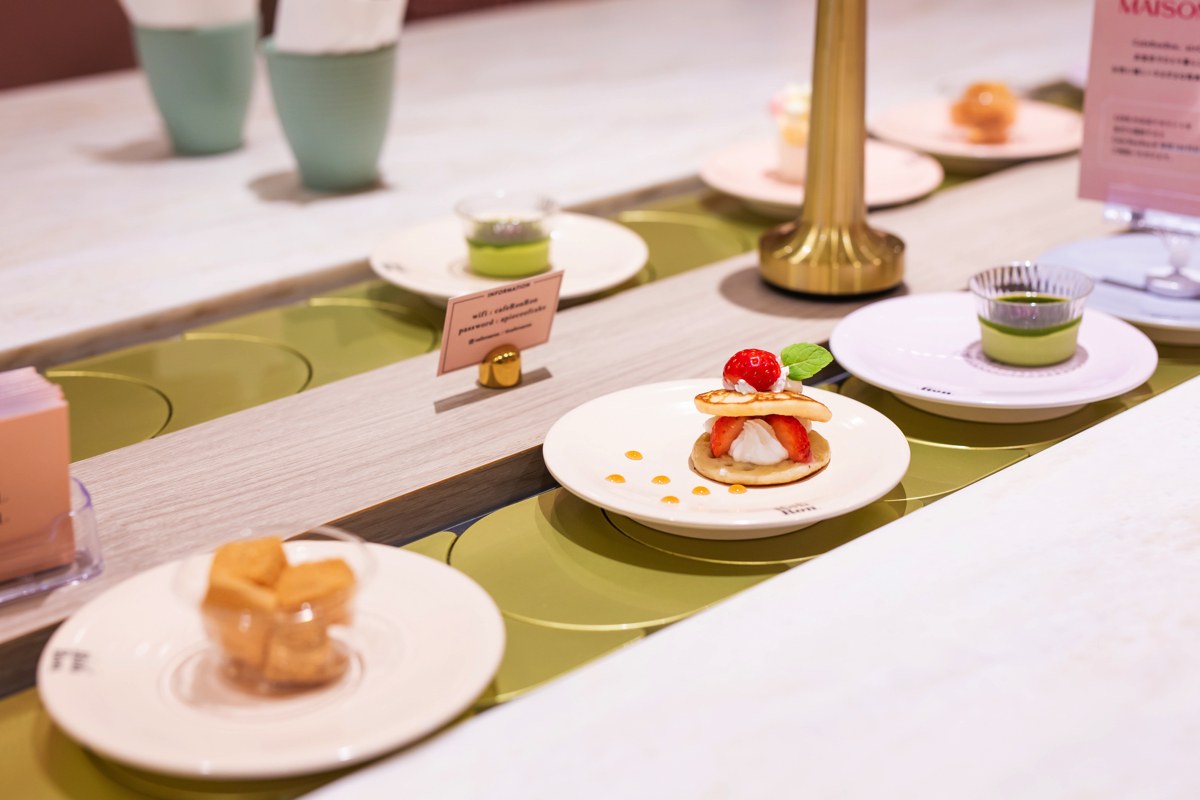
The dessert lane stretches a sweet 38 meters. There are over 25 delights to choose from which appetisingly pass by one by one. They arrive crowning pastel coloured plates looking like precious gems and jewels. There’s even light savoury food in addition to the sweet stuff.
You’re allowed 40 minutes. Heaven begins as you sit down: pick, take a photo, tuck in and repeat.
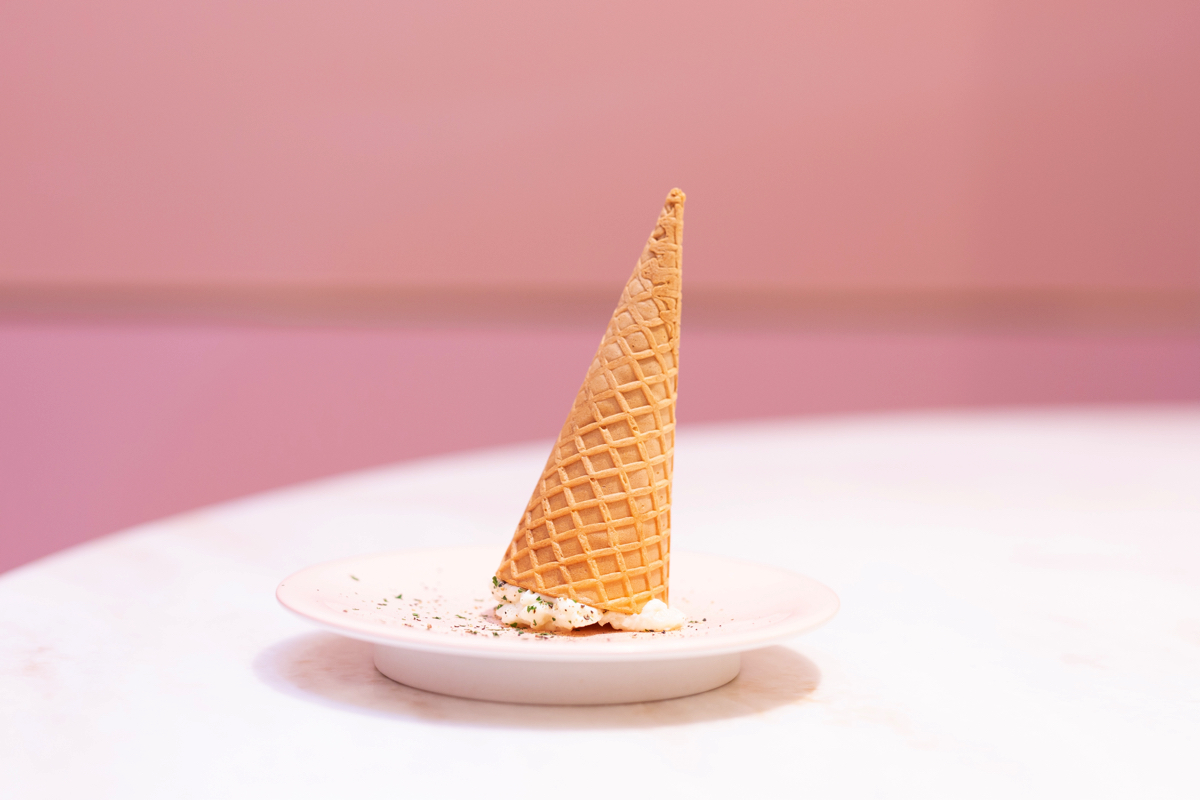
Is this one an ice cream? It actually isn’t – underneath the cone hides potato salad! This is one of the non-dessert light foods and is perfect for cleansing your palate. There’s a meat ball burger, nikuman meat bun, popcorn and others too. (And keep in mind that items change depending on the season!)
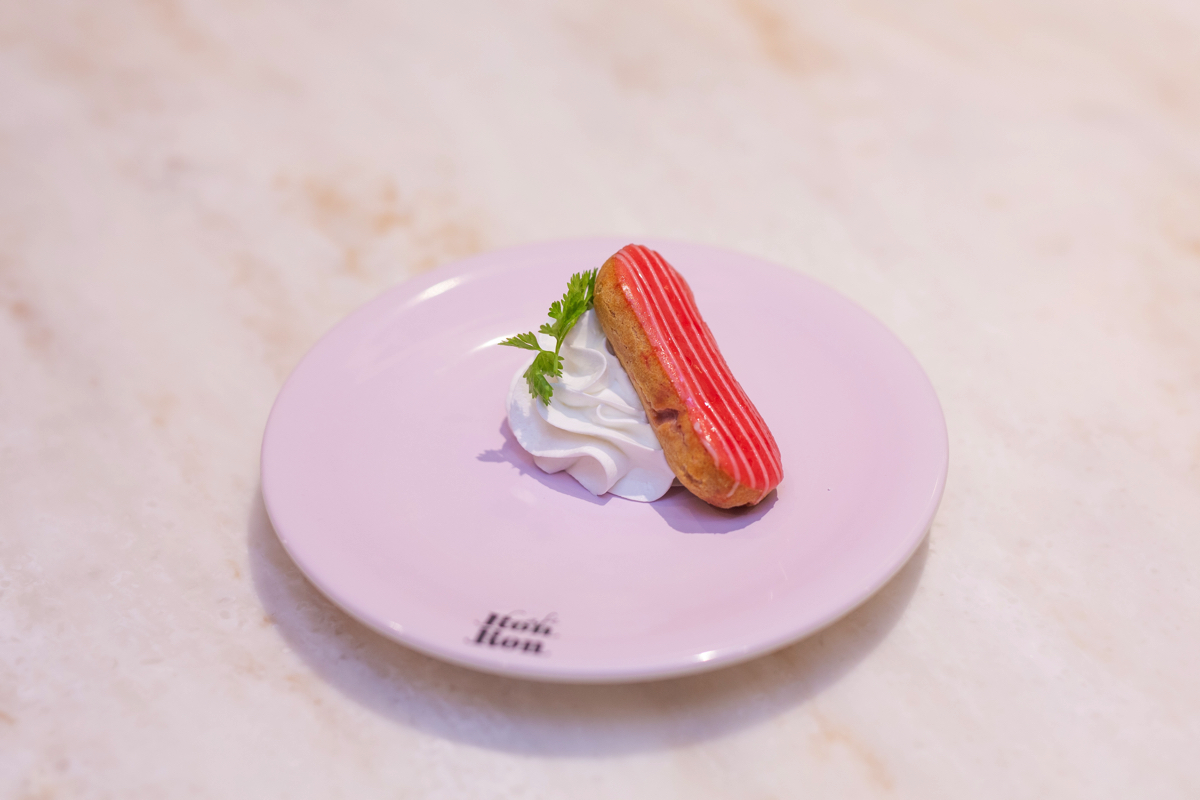
All the sweets are bite-sized meaning you can enjoy lots of different kinds one after the other.
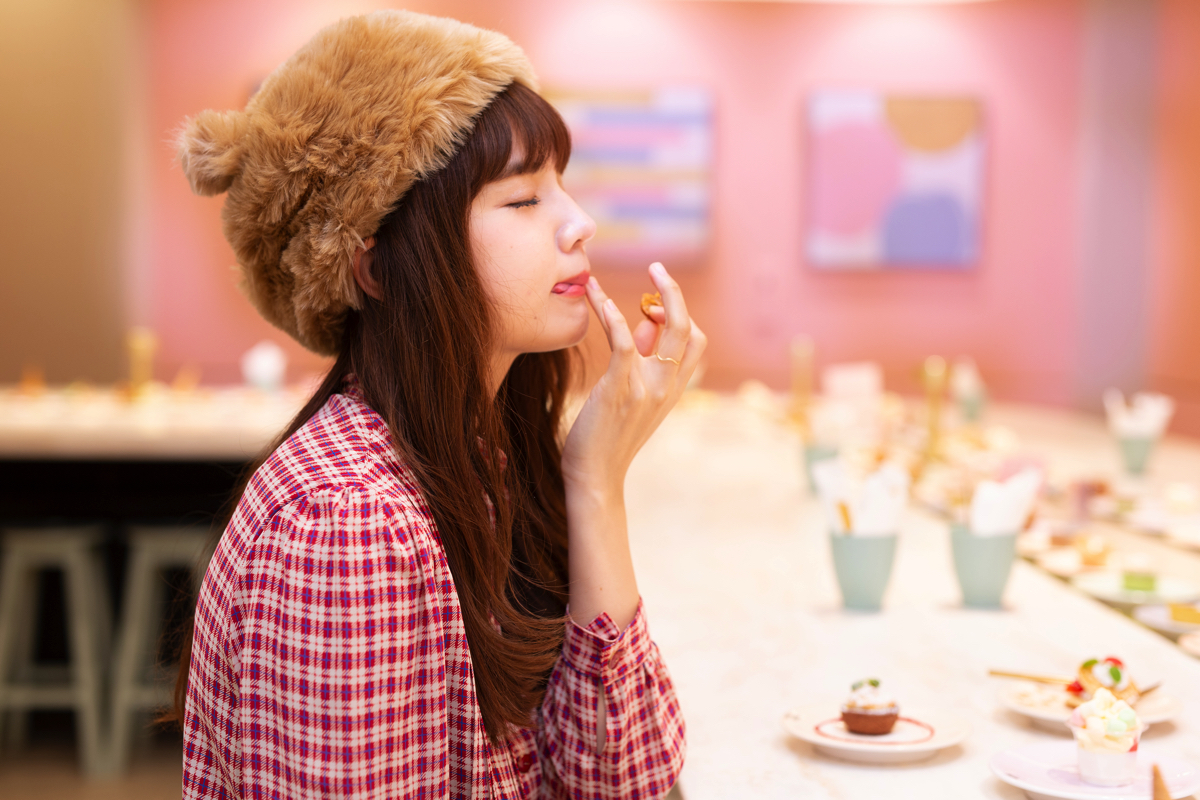
“Eating something this cute feels such a waste!” commented Rinko-chan.
Piling up the plates after you’ve finished is kinda fun too!
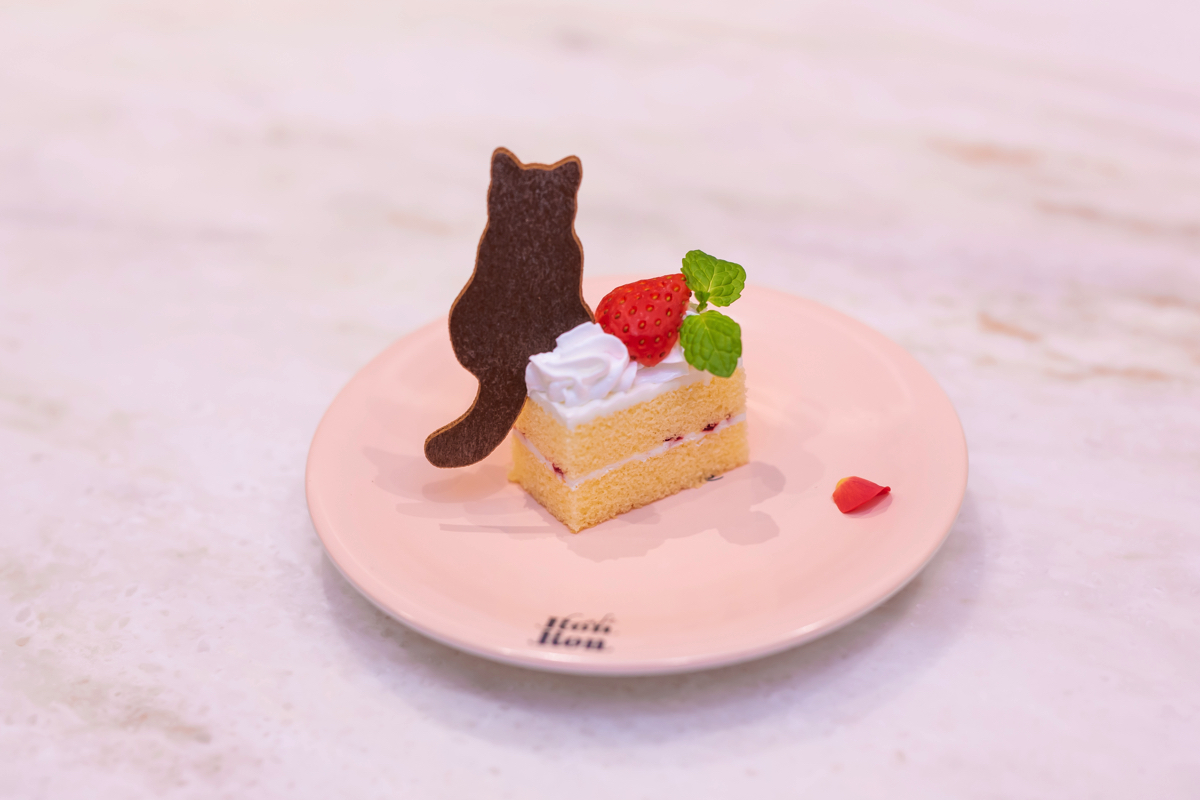
The shortcake dessert with the black cat wafer is the most popular. Only 10 of them come by in an hour. Rinko-chan was lucky enough to get her hands on one.
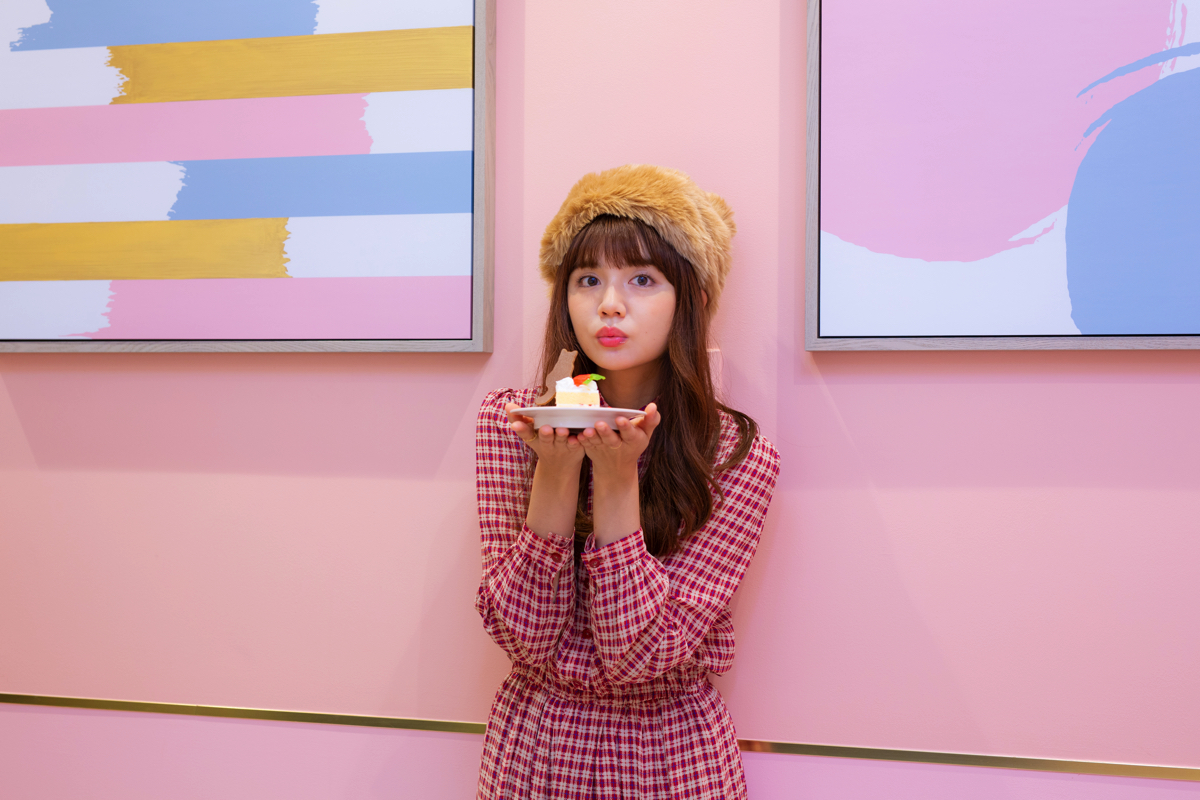
The cat has an iconic presence in the cafe. In fact, the “Ron Ron” in the cafe’s name comes from French and refers to the purring sound a cat makes when it’s happy.

There’s a super cute girly powder room up on the second floor.

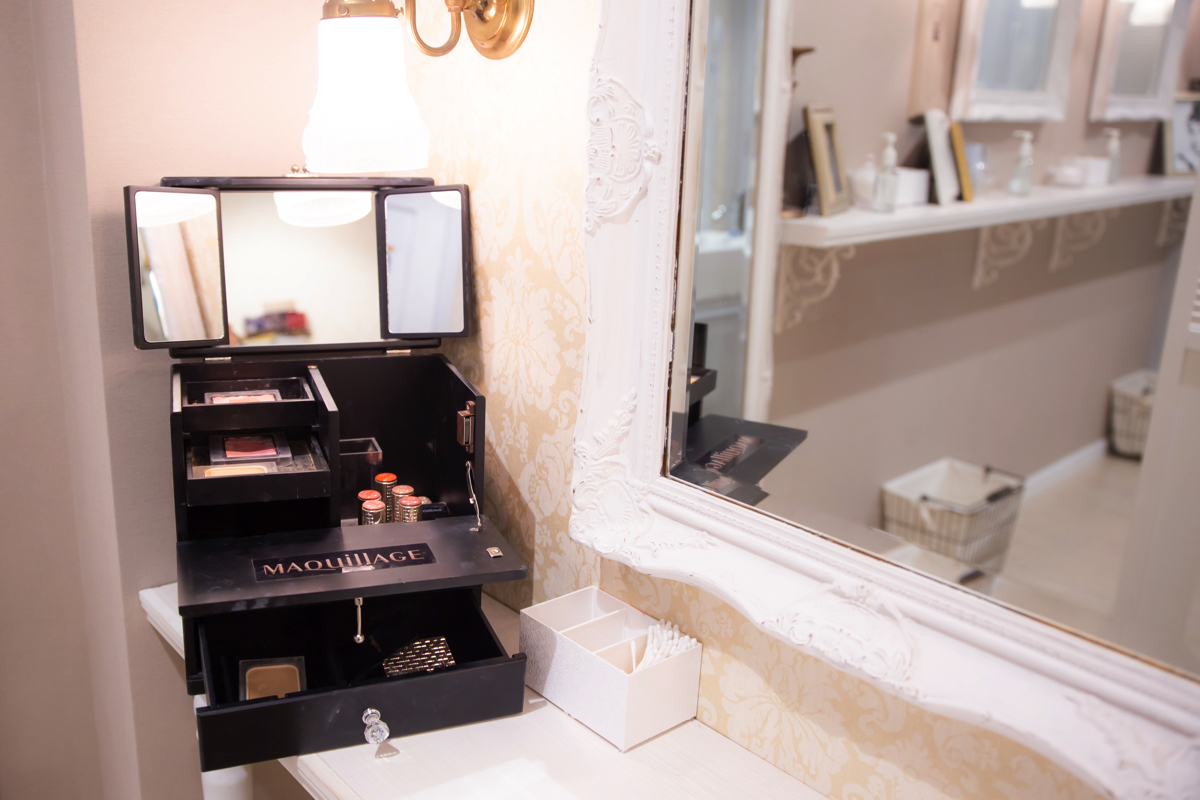
They have hair straighteners, makeup and other bits and bobs that customers are free to use. Use of the powder room isn’t included within the time restriction of the all-you-can-eat service, so once you’ve filled your belly with treats you can hit it up, touch up your makeup and head out shopping.

If you’re in Harajuku why not enjoy lots of desserts and a girly time over at MAISON ABLE Cafe Ron Ron?
MOSHI MOSHI NIPPON Social Media Campaign
Running: November 29, 2018 – December 4, 2018
We are giving away chekki photographs of Rinko Murata randomly to 2 lucky people who follow us on either our Instagram, Twitter or Weibo pages and share this article (or hit ‘Like’ on Instagram). Anyone from around the world can participate in this campaign, so get involved!
Writer: Ai Watanabe
Photographer: Haruka Yamamoto
Translator: Joshua Kitosi-Isanga
Information
MAISON ABLE Cafe Ron Ron
Address: 6-7-15 Jingumae, Shibuya, Tokyo
Business Hours: 11:00-19:00 (Last Orders 18:00)
TEL: 03-5468-8290
Price: ¥1,800 (Tax Included) w/drink [40 Minutes Allowed]Website: https://cafe-ronron.com/
-
Popular Smoked Curry Shop Kunkare to Re-Open in Akasaka on November 27
15.November.2018 | FOOD
Popular smoked curry restaurant Kunkare is set to re-open along Hitotsukidori in Akasaka on November 27.
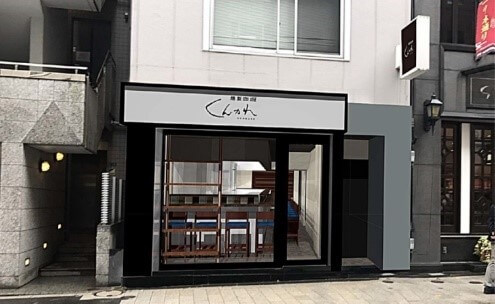
Kunkare was first established in 2011 in the quaint district of Ningyocho, Akasaka. It was the first curry roux restaurant in Japan to serve smoked curry and acquired a patent for its unique cooking method.
In line with the restaurant’s move to Akasaka, they have changed he taste of the curry. It still retains that smokiness but the flavour of the spices has been made more prominent.
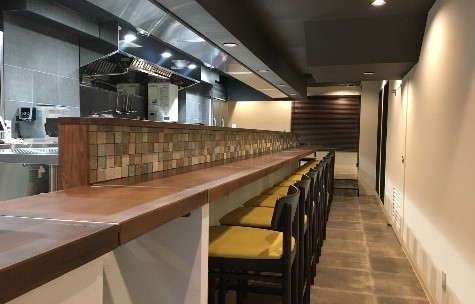
All of the other items on the menu have been upgraded too, giving rise to an all-new Kunkare.
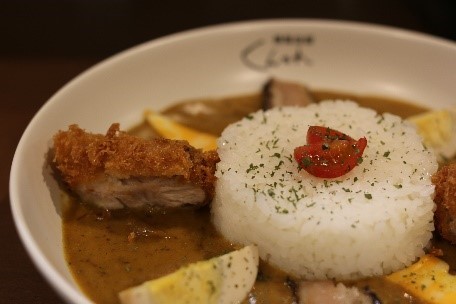
Tokusei Curry: ¥1,180 (Tax Included)
The Tokusei Curry (literally “specially made curry”) was always the No. 1 most popular dish when the restaurant was based in Ningyocho. This is an upgraded version served on a specially made and original Hasami ware curry plate.
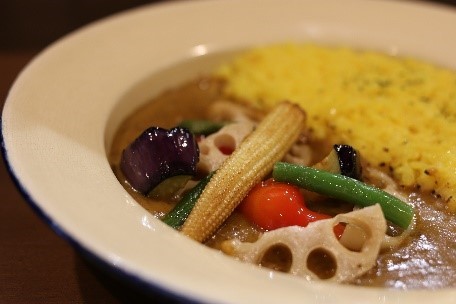
Irodori Yasai x Curry: ¥850 (Tax Included)
This curry dish comes with colourful and seasonal vegetables and an upgraded smoked curry served with turmeric rice.
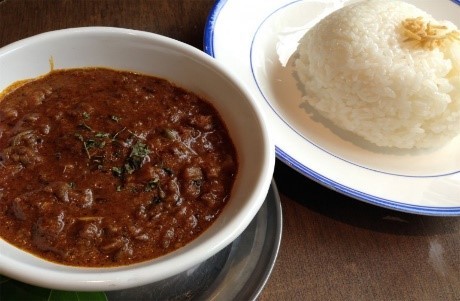
Another service to look forward to falls on Saturday every week where Kunkare will serve popular curry dishes from famous restaurants in the local area. The first item on the menu is a keema curry from Kai, a cafe and bar in Fukuoka that has continued to be loved for 19 years and which brings in lines of customers. Limited quantities will be served, so you’d better get in there quick if you want to enjoy some authentic Indian cuisine laced with a Japanese touch – salted rice malt, condiment paste made from yuzu zest and chilli peppers, Japanese pepper and more.
Kunkare is a place where you can expect to try curry you won’t find anywhere else.
Information
Kunkare – Akasaka Branch
Address: Horie Bldg. 1F, 4-1-4 Akasaka, Minato Ward, Tokyo
Closed: Sundays, National Holidays
Opening Hours: Weekdays 10:00-15:00, 17:00-23:30 / Saturdays 11:00-20:00
Access: 3-minutes on foot from Exit A of Akasaka-Mitsuke Station / 5-minutes on foot from Exit 1 of Akasaka Station
TEL: 03-6230-9566
Website: https://kunkare.jp
-
Gold Leaf Keema Curry: Only 5 Available Per Day at New Curry House ‘Tariki Honganji Curry’ in Shimokitazawa
Shimokitazawa in Tokyo is known as the ‘Curry District,’ and for good reason. Not only is it home to countless curry houses, it’s also where the annual Shimokitazawa Curry Festival takes place.
Tariki Honganji Curry is a new curry restaurant opening in Shimokitazawa on July 1. Their name means to prosper as a business by servicing others which is also part of their policy.
Their menu will include a very special Gold Leaf Keema Curry which promises not only to taste delicious but look gorgeous too! Priced at ¥5,000, only five of these curries will be available each day, making it a rare sight. There’s plenty of other choices to choose from if you can’t get your hands on one of these, including the Tariki Hongaji Curry (¥1,500) as well as ordinary curry (¥800).
They are also taking curry recipes from customers which will be served at the restaurant and change each month. Compensation will be given for recipes used.
Additionally, the restaurant is recruiting for their gallery exhibition. The wall can be rented out to be used as a gallery, so if you’re interested be sure to enquire in-store.
Head to Tariki Hongaji Curry and try to get your hands on that Gold Leaf Keema!
■Information
Tariki Honganji Curry
Address: 2-9-17 Shimokitazawa, Setagaya, Tokyo
Opening Hours: 12:00pm-11:00pm
Website: https://www.tarikihonganji.jp
-
“Mount Fuji Curry” Arrives at Lava Cafe in Fujisan World Heritage Center
11.May.2018 | FOOD
The Lava Cafe, located in the north block of the Fujisan World Heritage Center in Yamanashi Prefecture, has introduced the new Mt. Fuji Curry to its menu.
The blue coloured curry dish is made to look just like Mount Fuji while the pickles represent the surrounding forest at the base of the mountain Aokigahara, also known as the ‘Sea of Trees.’ This Instagrammable meal is aimed at both Japanese and foreign tourists.
There have been many curry dishes on the market with rice formed in the shape of Mount Fuji, but this dish not only maintains the shape, but the colouring too. It took them over half a year to perfect the dish.
The cafe will also begin serving a ‘mega size’ version of the blue curry from June 22 to bring it closer to the size of Mount Fuji. They also plan to release a spicy red version in autumn to bring to life the scene when Mount Fuji appears red when the sun’s rays shine over it. Make sure you don’t miss out on this one either.
Head to the Lava Cafe to try eating this stunning curry that you can’t get anywhere else!
■InformationLava Cafe
Address: Fujisan World Heritage Center North Block 2F, 6663-1 Funatsu, Fujikawaguchiko-machi, Minamitsuru-gun, Yamanashi Prefecture
Opening Hours: 09:30-16:30 (Last Orders 16:00)
No Fixed Holidays.
TEL: 0555-72-0259
Information: https://tabelog.com/yamanashi/A1903/A190301/19009495/
Mt. Fuji Curry
Price: ¥1,000 (Tax-Included)
*There is also a Halal option.
-
Top 7 Places to Eat Curry in Harajuku Not Known by Many People
Did you know that there are lots of places to eat irresistibly delicious curry in Harajuku, but not that many people know about them yet? Now you can get in on the secret.
From standard Japanese-style curry to more unique flavours, here’s our list.
YOGORO
This spinach-based chicken curry (¥900) is a reputable item on YOGORO’s menu, made in a tetsunabe pot! There are two types to choose from: one with spicy tomato as the base and fresh cream, and a milder version made with spinach. You can pick from pork and chicken for the meat to enjoy an original combination. We also recommend it topped with the soft-boiled egg!
■Information
YOGORO
YOGORO
Address: Komatsu Bldg. 1F, 2-20-10 Jingumae, Shibuya, Tokyo
Opening Hours:
[Monday-Friday] 11:30-16:00 / 18:00-20:00
[Saturday] 11:30-16:00
Closed: Sundays & Public Holidays
TEL: 03-3746-9914
Webpage: https://tabelog.com/tokyo/A1306/A130601/13076645/Minoringo
This Keema curry (¥900) looks just like a decorative cake. The top of the curry is flooded with cheese. Its rich flavour is simply irresistible! We also recommend the standard Keema curry without the cheese too♡
■Information
Minoringo
Address: West Bldg. 1F, 1-22-7 Jingumae, Shibuya, Toyko
Opening Hours:
[Tuesday-Friday] 11:30-15:00 / 18:30-21:30
[Weekends & Holidays] 11:30-19:00
Closed: Mondays
TEL: 03-6447-2414
Website: http://www.minoringo.jpCurry Up
This curry house is produced by ‘A Bathing Ape’ founder NIGO. The beef & butter chicken curry (¥1,100) has a distinct mild yet rich taste to it. It’s enjoyable to enjoy two different flavours in one as seen in the picture. You can also combine your own flavours to your liking.■Information
Curry Up
Address: 105, 2-35-9 Jinguae, Shibuya, Tokyo
Opening Hours:
[Monday-Saturday] 11:30-21:00 (Last Orders 20:30)
[Sunday & Holidays] 11:30-20:00 (Last Orders 19:30)
No Fixed Holidays.
TEL: 03-5775-5446
Website: http://www.curryup.jpSHANTi
If we’re talking soup curry, then where else to go than SHANTi. The spice is on point and there’s a hearty serving of vegetables. There’s also many varieties of curry to choose from, so expect to be spoilt for choice. During lunchtime you can get a large serving of rice for free, and you’re free to enjoy a second helping, so if you’re a big eater, look no further.■Information
SHANTi
Address: Honorary Harajuku Bldg. 2F, 3-26-11 Jingumae, Shibuya, Tokyo
Opening Hours: 11:30-00:00 (Last Orders)
No Fixed Holidays.
TEL: 03-5772-6424
Website: http://www.shanticurry.comBRITISH INDIAN CAFE 1930
You wouldn’t think that this is a curry house, with its landmark stylish red wall. They serve Indian curry made the way the British do. Their popular butter chicken curry mixes together honey and fresh cream to give it its distinct sweet flavour. The faint spiciness and milk sweetness has made it a particularly popular dish with female customers. The softness of the tandoori chicken is great too. Being British-style, the curry goes well together with black tea.■Information
BRITISH INDIAN CAFE 1930
Address: 3-27-7 Jingumae, Shibuya, Tokyo
Opening Hours: 11:30-21:00
No Fixed Holidays.
TEL: 050-5590-0486
Website: http://cafe-1930.comHENDRIX
You could call the chefs at HENDRIX spice masters. They’re extremely thorough and attentive with the timing of when they put their spices in the curry. A popular dish on their menu is their pork curry. It’s cooked gradually with a large amount of spice and has a deep flavour that doesn’t just simply scream ‘hot.’ They’re also particular about their saffron rice which complements the curry. They use only koshihikari rice from the city of Inzai in Chiba Prefecture. The fact they’re even particular about the rice means you can look forward to some truly layered flavours!■Information
Address: 2-13-2 Jingumae, Shibuya Tokyo
Opening Hours: 11:30-14:30 / 18:00-23:00
Closed: Sundays & Public Holidays
TEL: 03-3479-3857
Webpage: https://tabelog.com/tokyo/A1309/A130901/13007422/This keema curry restaurant is located on the corner of a secluded street. It originally used to open only as a night bar, but keema curry became the talk of the town for being delicious, so it came to be open during lunchtime too. The most popular item on their menu is undoubtedly their ‘Cheese Keema Curry.’ It offers a large serving of rice topped with keema curry and melty mozzarella cheese. Placed again on top of that is a perfectly round egg yolk, giving it a unique appearance. This exquisite dish is cooked thoroughly with carefully selected spices.
Full Details: https://www.moshimoshi-nippon.jp/38757/2
■InformaitonCURRY & BAR – “MOKUBAZA”
Address: 2-28-12 Jingumae, Shibuya, Tokyo
Opening Hours: 11:00-15:00 (Lunch Time) / 19:30-23:30 (Bar Time)
Closed: Sundays & Holidays (Only closed for lunch on Sundays)
TEL: 03-3404-2606
Website: www.mokubaza.com/
Drooling yet? You’ve absolutely got to try the exquisite curry hidden away in Harajuku. Tuck in during lunchtime or dinnertime!
-
Kurobe Dam Curry Festival 2018 to Take Place in Nagano, Kyoto, Osaka & Hyogo
In line with the opening of the Tateyama Kurobe Alpen Route, the Kurobe Dam Curry Festival 2018 will be held at on the doorstep of the Kurobe Dam front April 15 to May 31. The event will see the local speciality meal ‘Kurobe Dam Curry’ of Omachi in Nagano Prefecture served at each of Kanden Amenix’s restaurants in Nagano, Kyoto, Osaka and Hyogo.
Kurobe Dam Curry has its roots in the Showa Period in 1957 when workers, during harsh working conditions at the Kurobe Dam through the Omachi Tunnel (now Kanden Tunnel), had to battle against the strenuous cold weather upon returning. They looked forward to nothing more than a plate of Kurobe Dam Curry.
The curry was something the workers could rely on at the construction site of Kurobe Dam. After the building of the dam was complete, the Omachi Club House (now Kuroyon Royal Hotel), the curry was served under the name ‘Arch Curry,’ and the start of 1965, proper sales began at Ogizawa Station Daishokudo (now Ogizawa Rest House). In July 2009, seven restaurants began sales of the curry under the name ‘Kurobe Dam Curry’ to promote tourism and interest in Omachi. It’s now a well-known regional speciality.
Now, five restaurants will sell original Kurobe Dam Curry created by head chefs for a limited period. There are five unique versions of the curry to enjoy, including one served in a French restaurant with calf fillet katsu, fruit and vegetables, as well as another to celebrate 30 years of the Kuroyon Royal Hotel made with Shinshu brand cutlet.
A campaign will also be held at Kurobe Dam Curry Festival 2018 to win a pair of tickets to stay at the Kuroyon Royal Hotel.
Experience the construction of the Kurobe Dam, its tourism and its historical curry.
■Information
Kurobe Dam Curry Festival 2018
Running: April 15, 2018―May 31, 2018
Locations/Prices:
・Rindou Restaurant, Kuroyon Royal Hotel (Omachi, Nagano) – ¥3,000 (tax incl.)
・Mai Restaurant, EL INN Kyoto (Minami, Kyoto) – ¥1,000 (tax incl.)
・Lumiere Restaurant, Nakanoshima Plaza (Kita, Osaka) – ¥1,300
・Mukonodai Cardinal, Mukonodai Golf Course (Kita, Kobe) – ¥1,404 (tax incl.)
・Compass Restaurant, Amagasaki Technoland (Amagasaki, Hyogo) – ¥1,000 (tax incl.)
Serving Time: Served at each restaurant’s corresponding lunch time.

